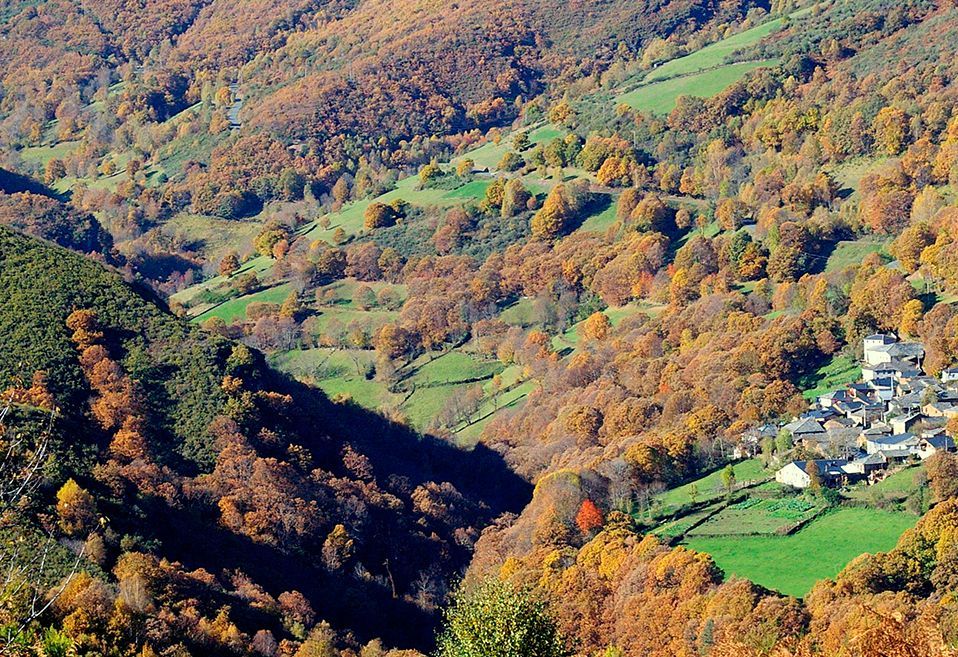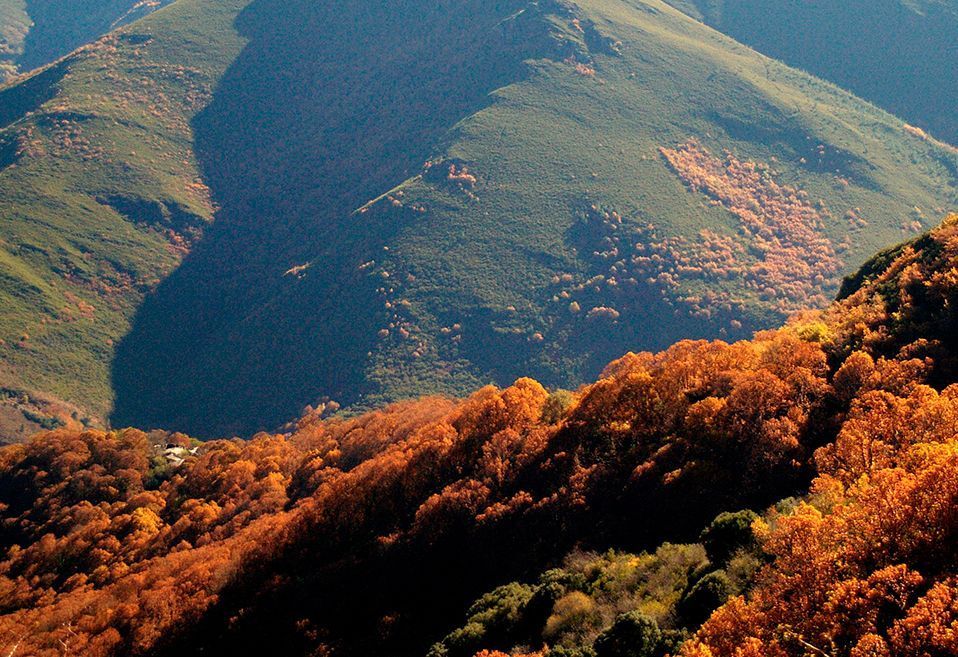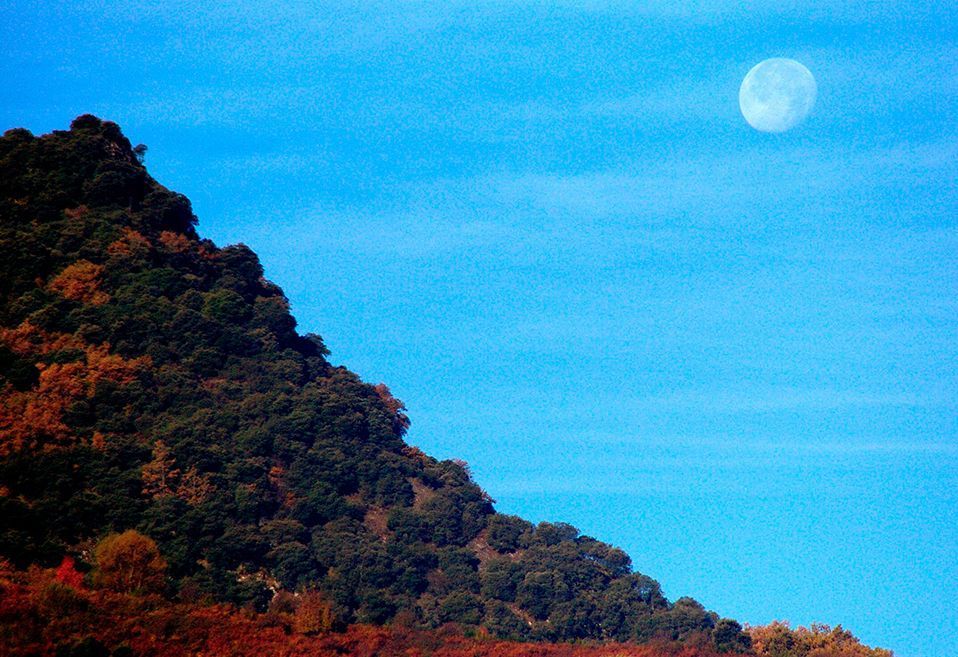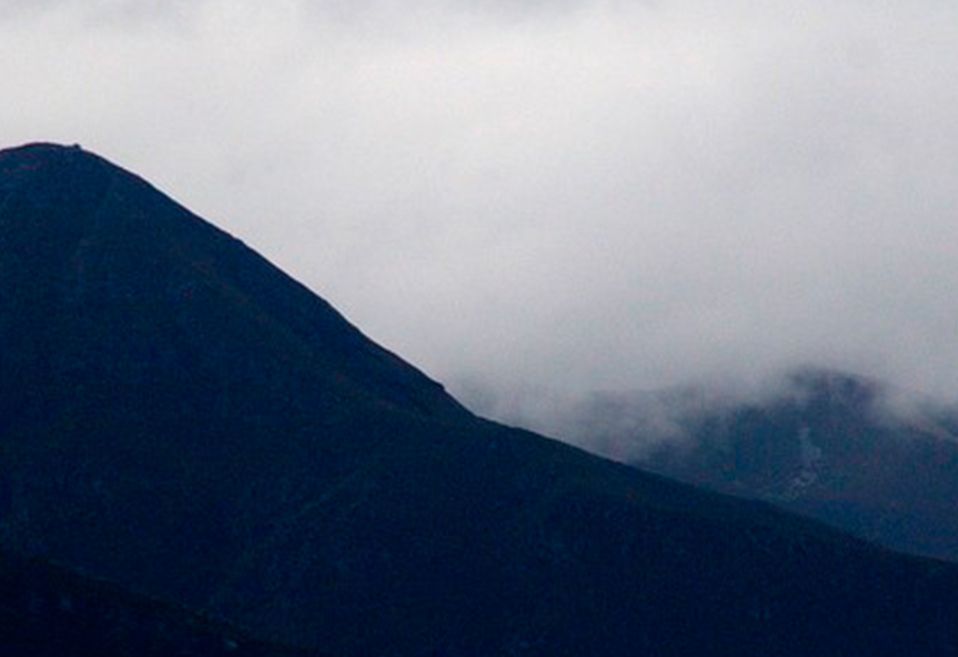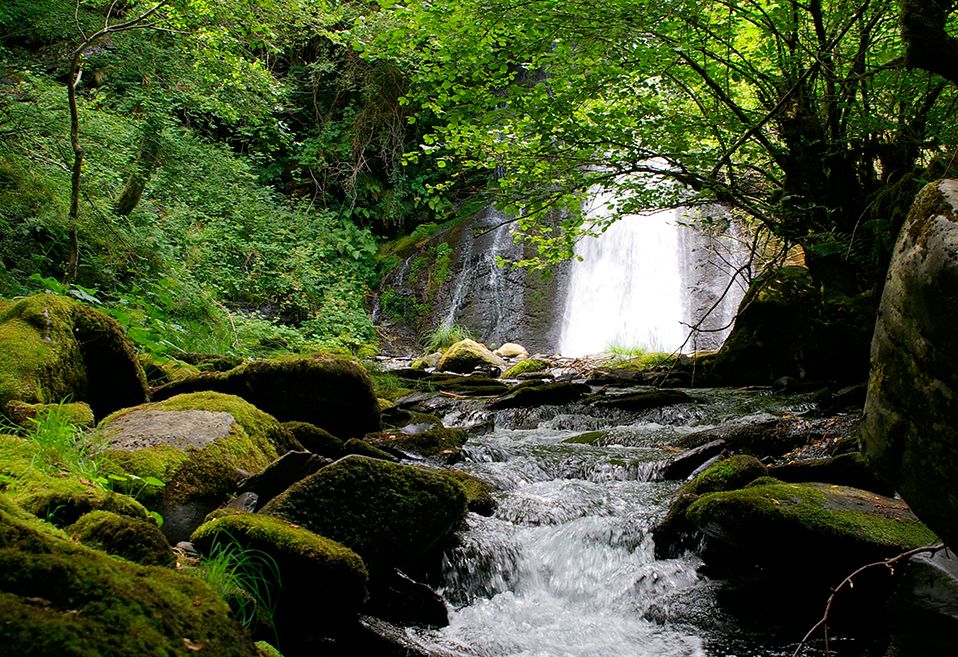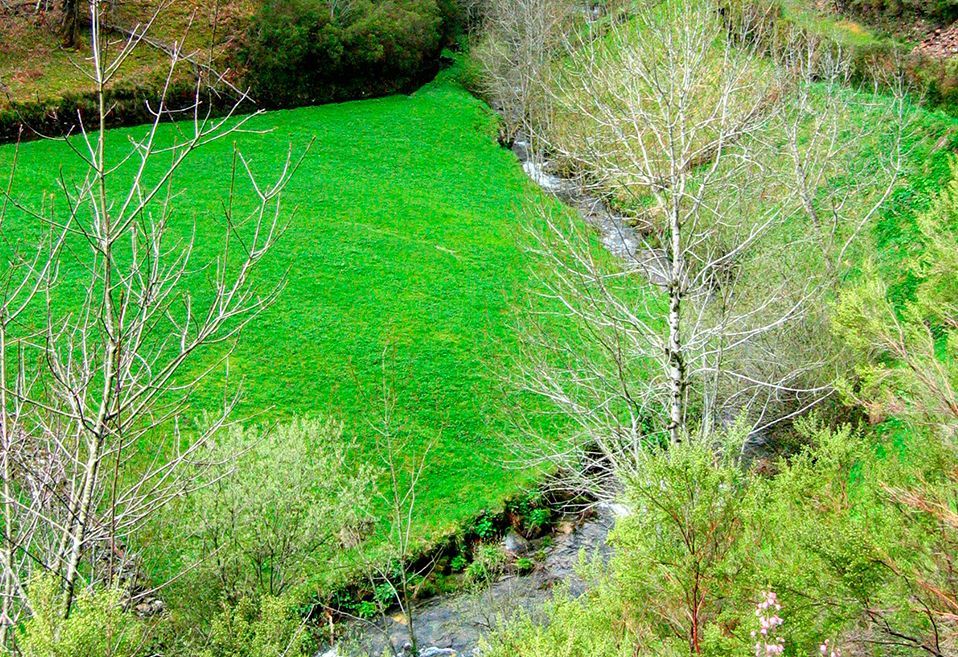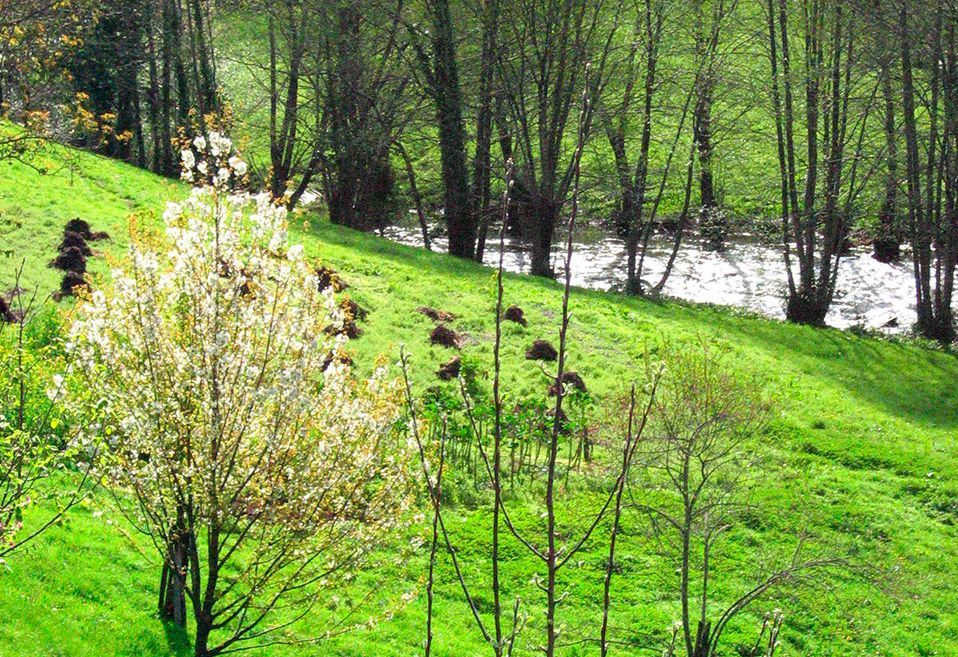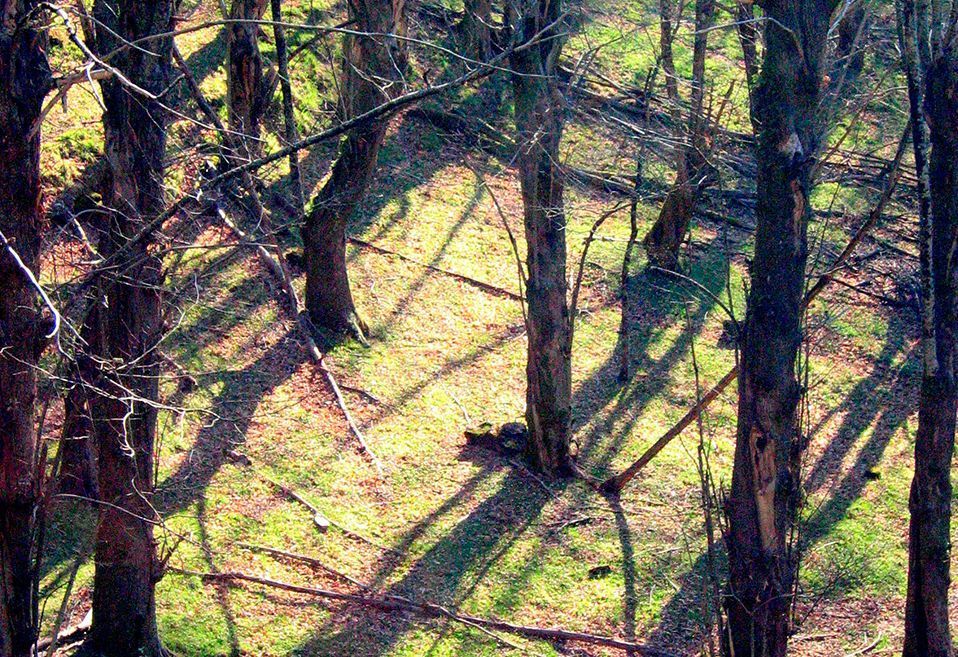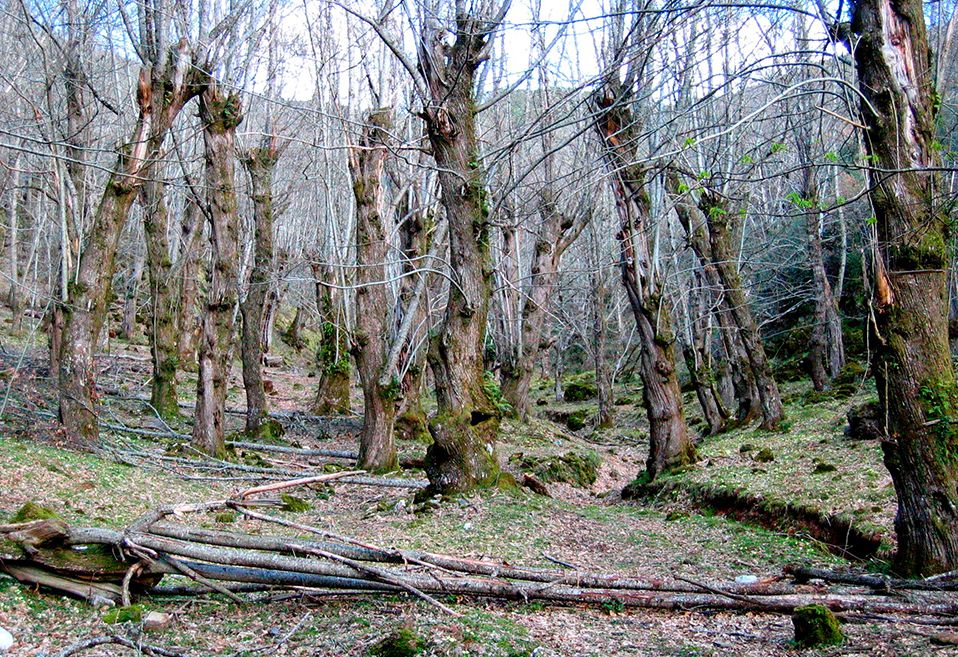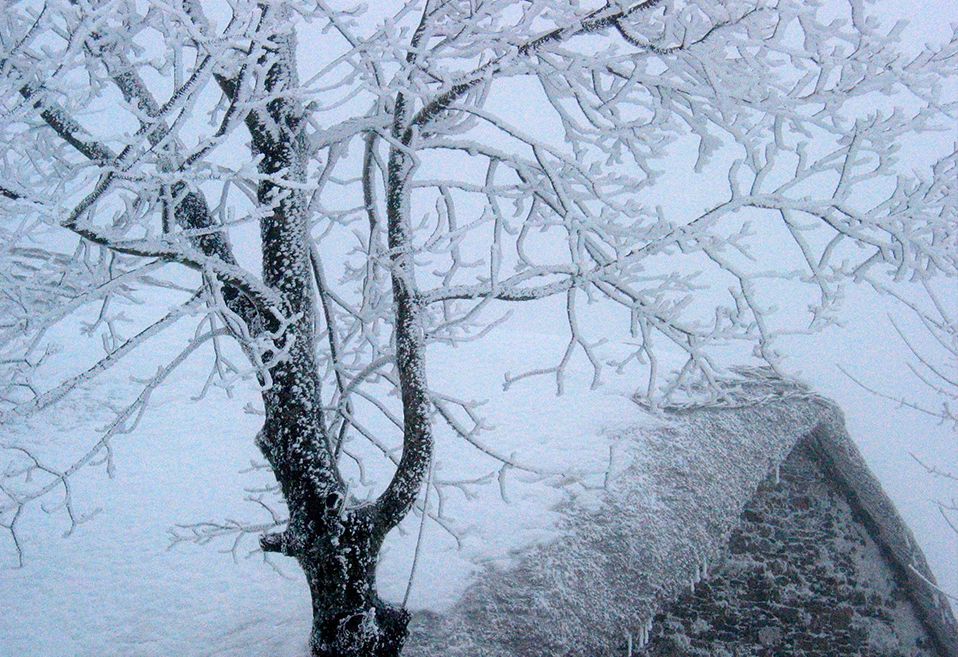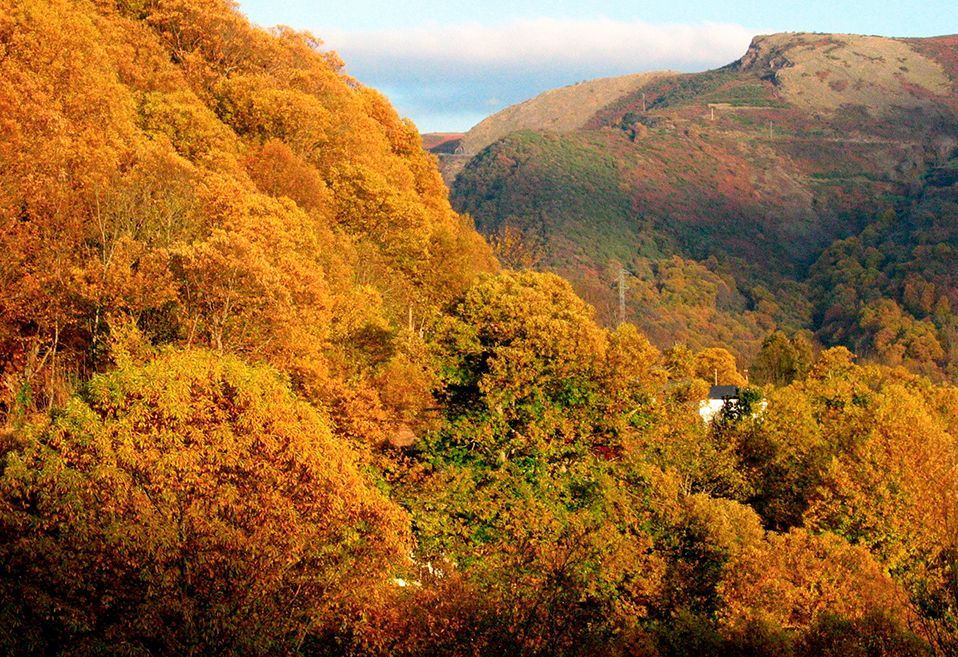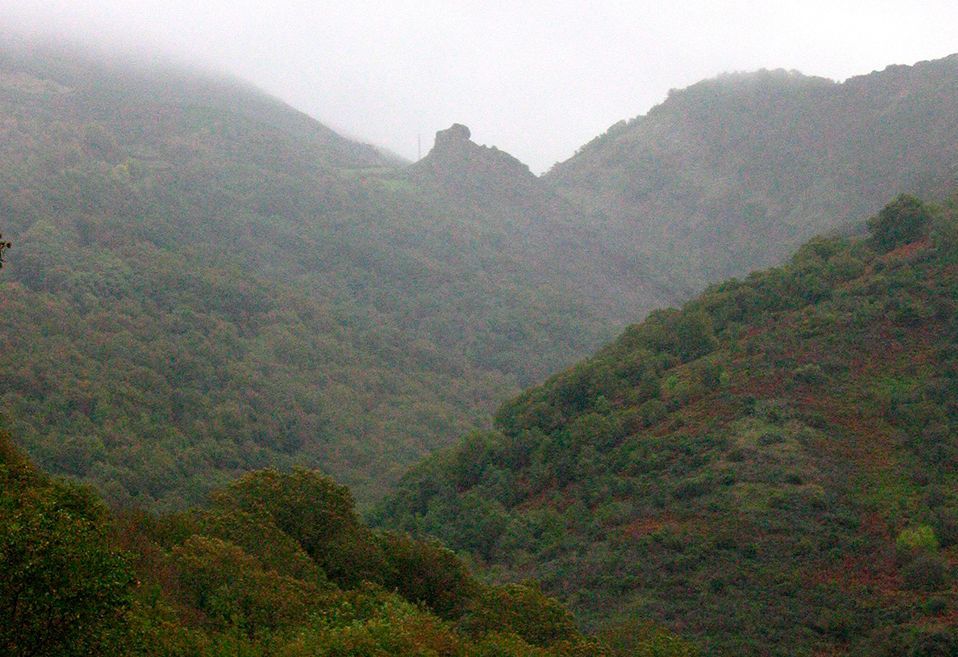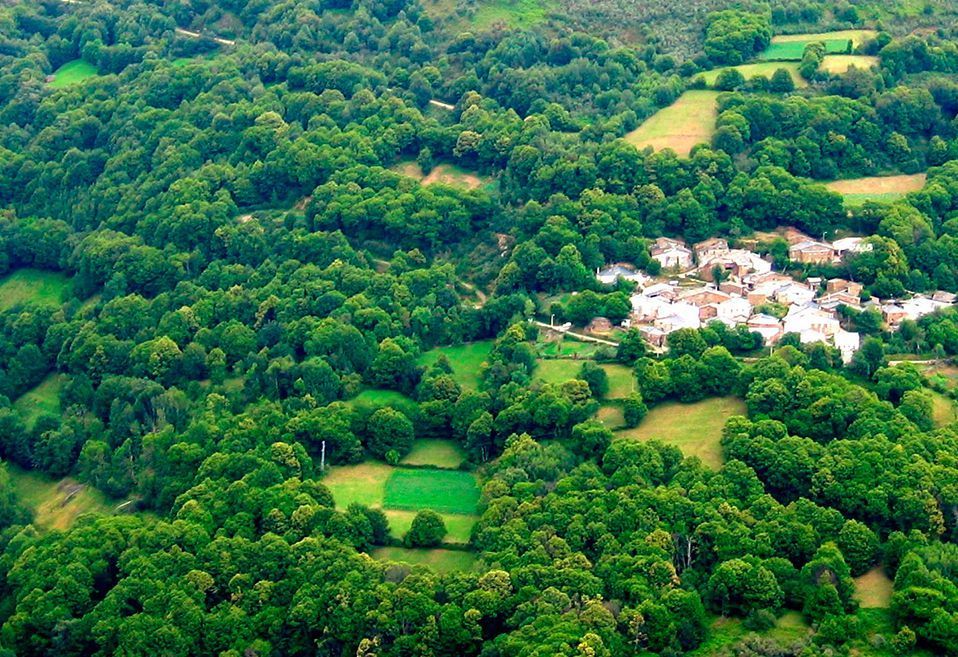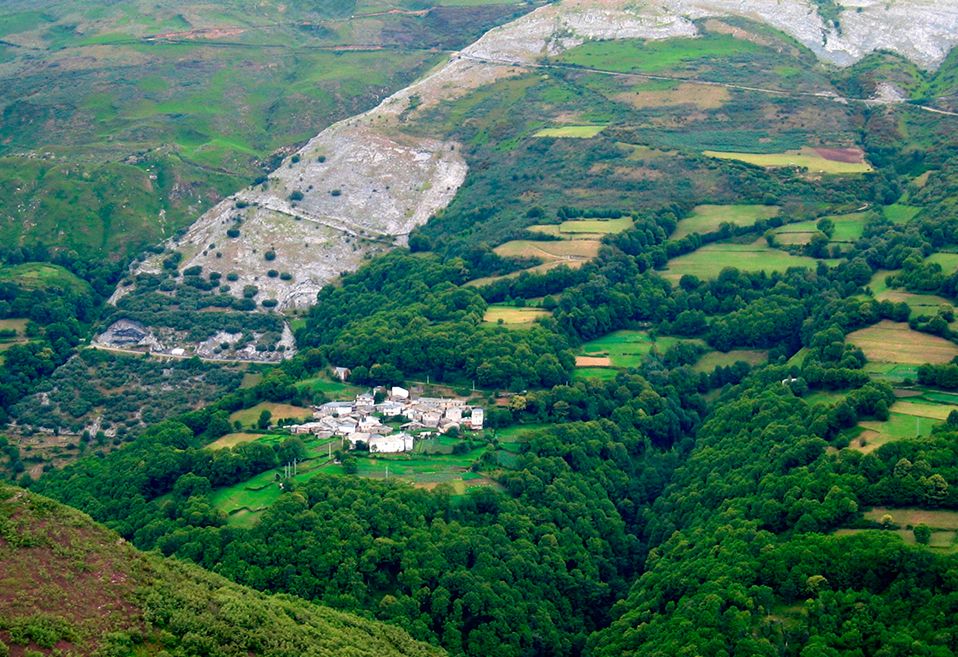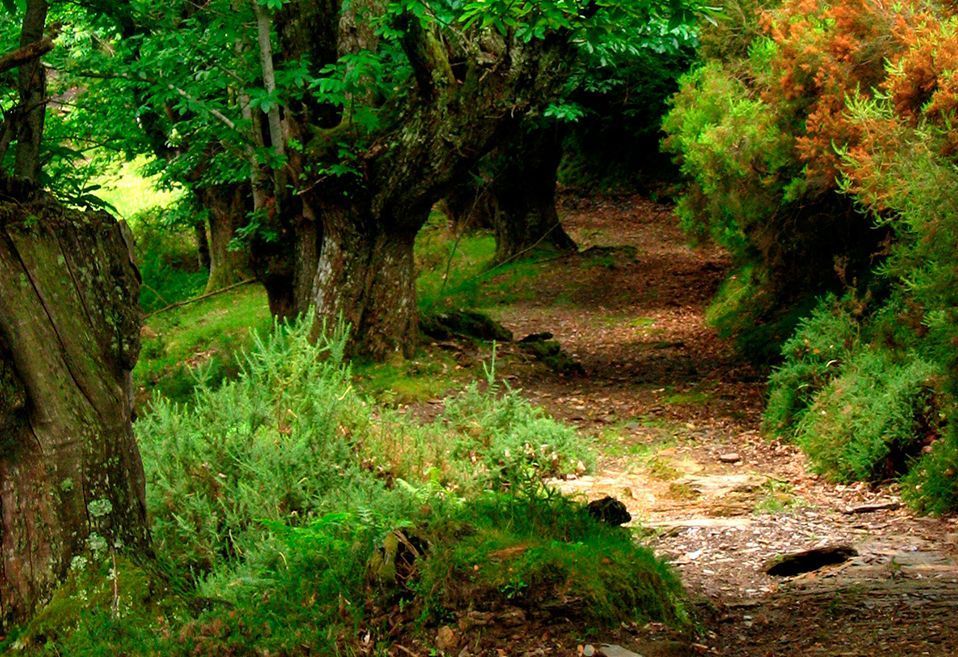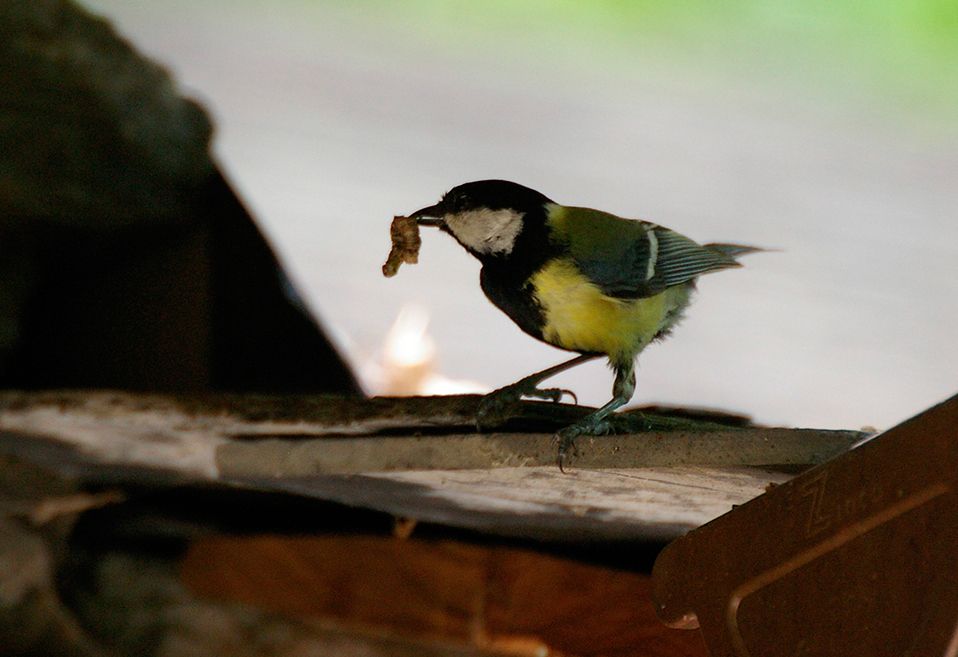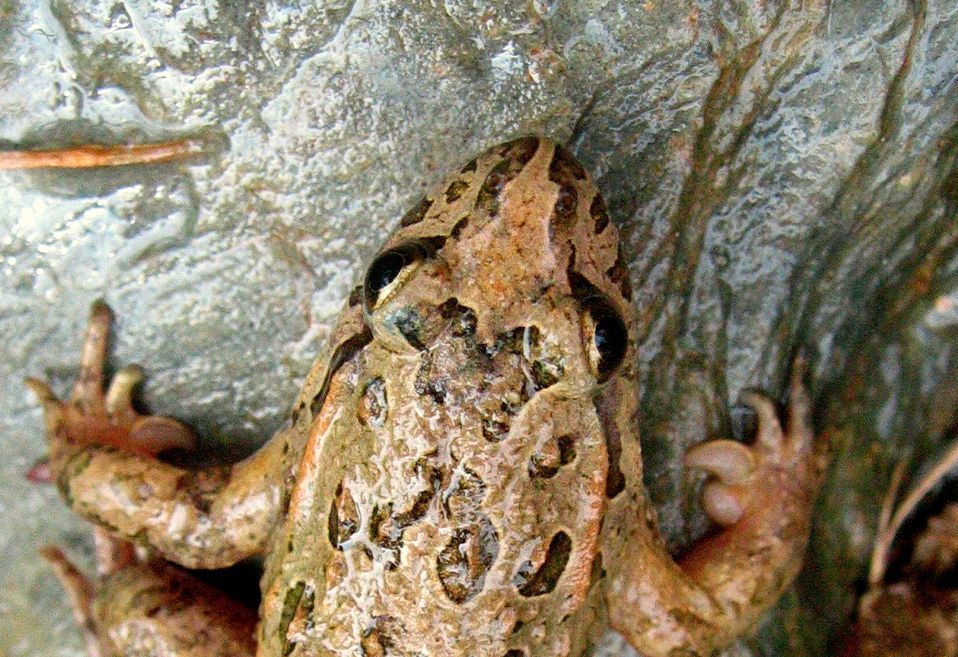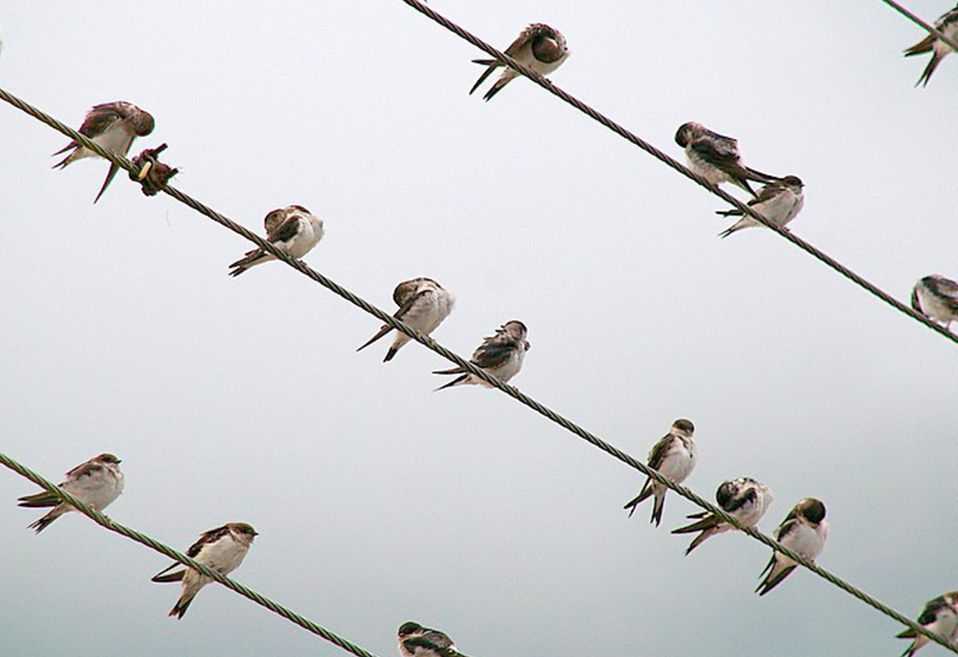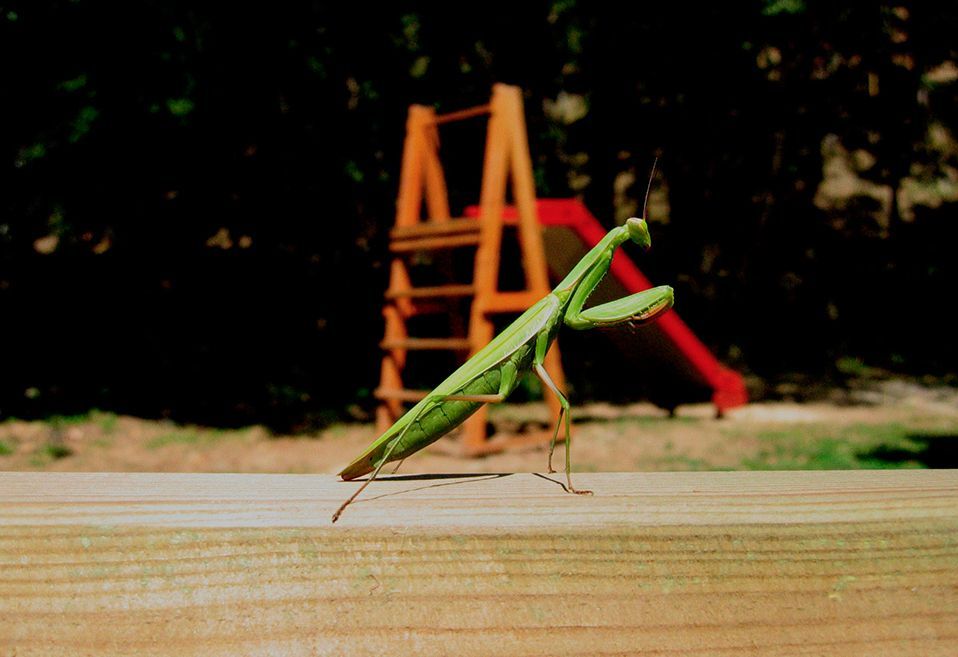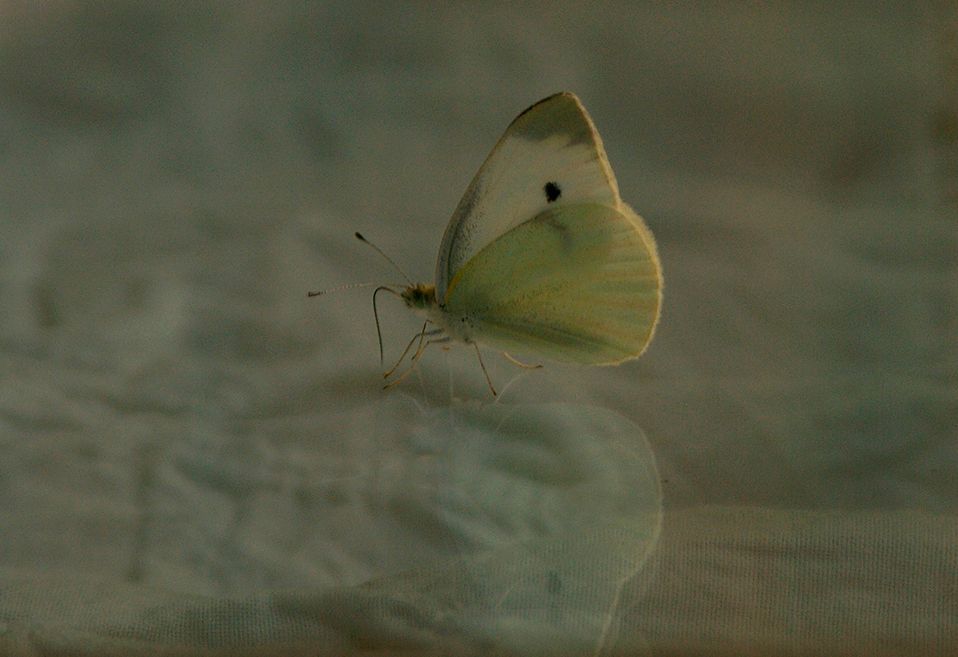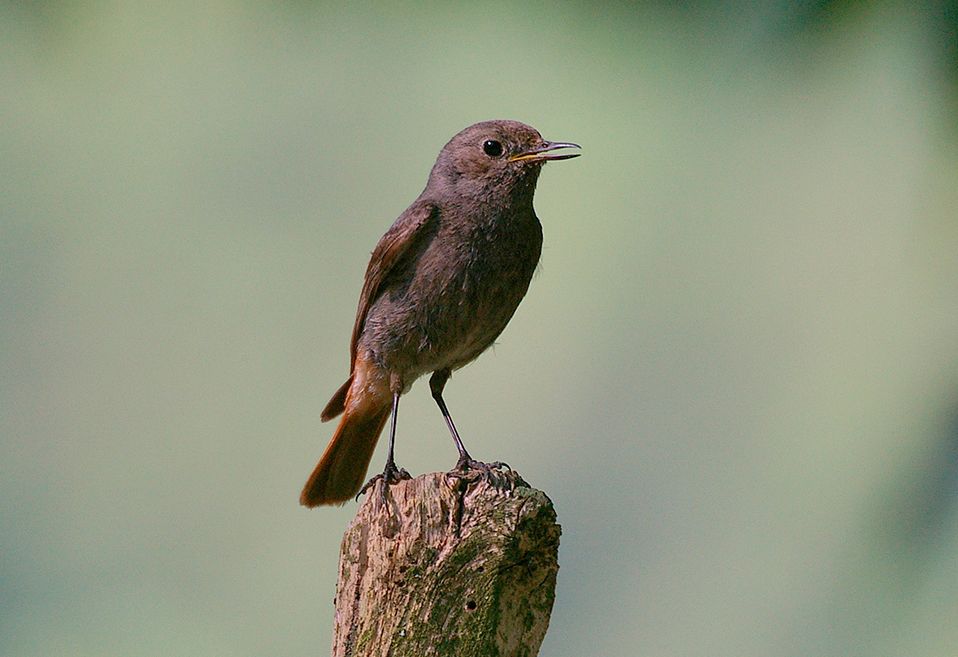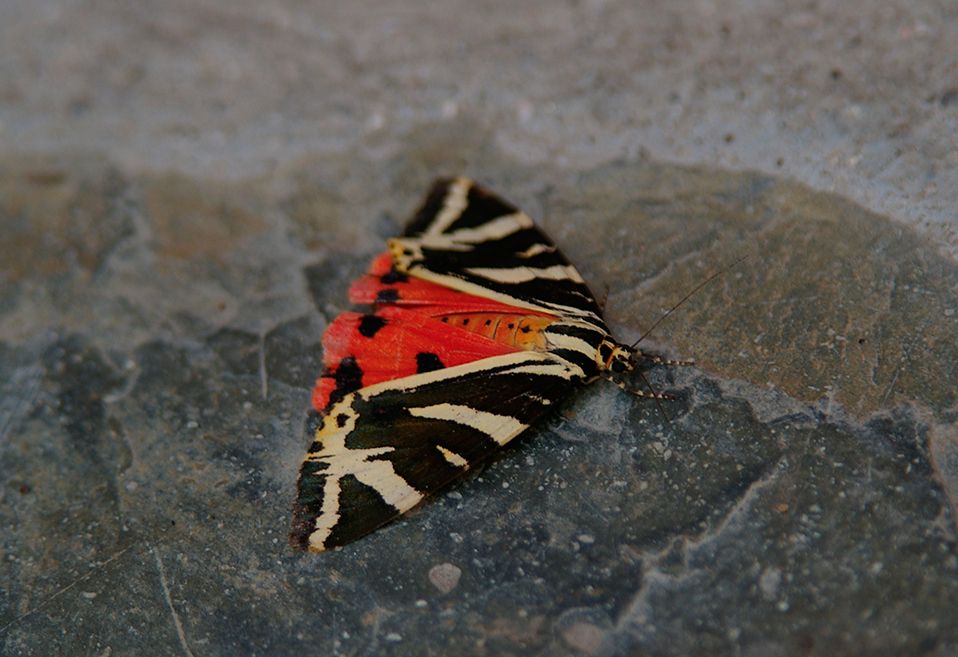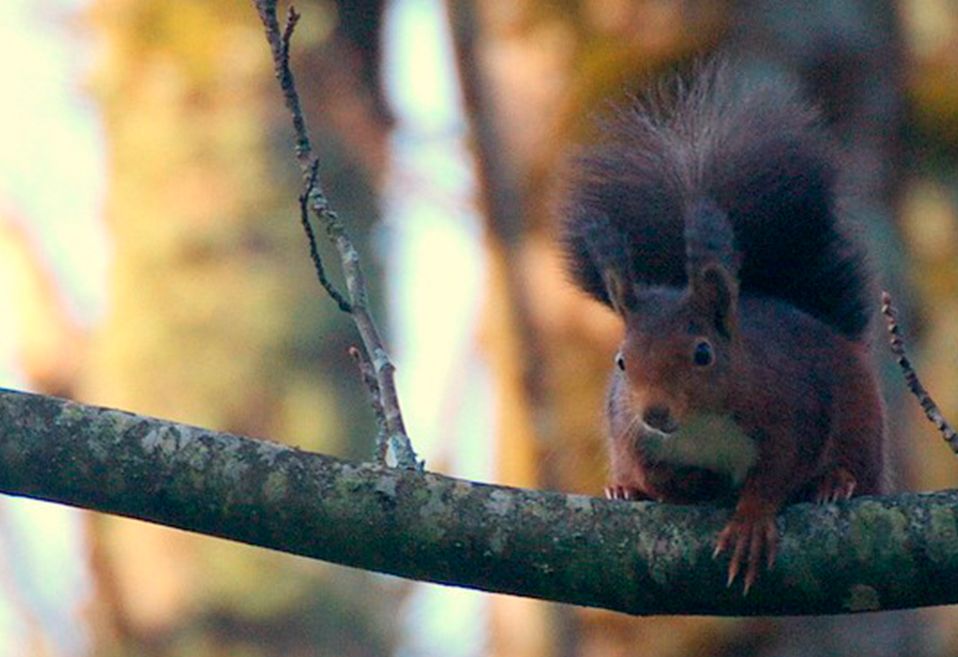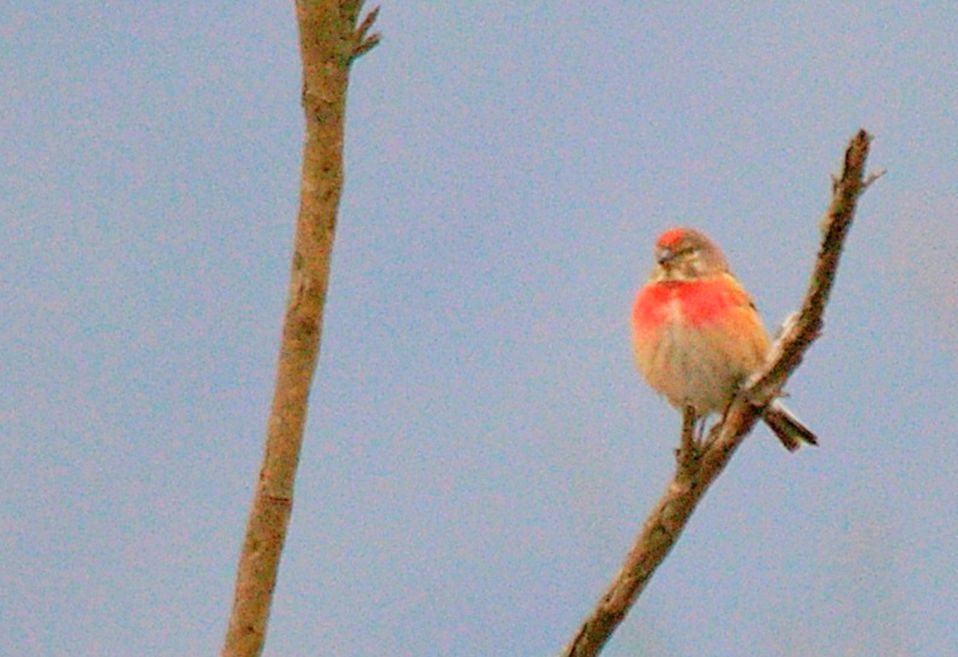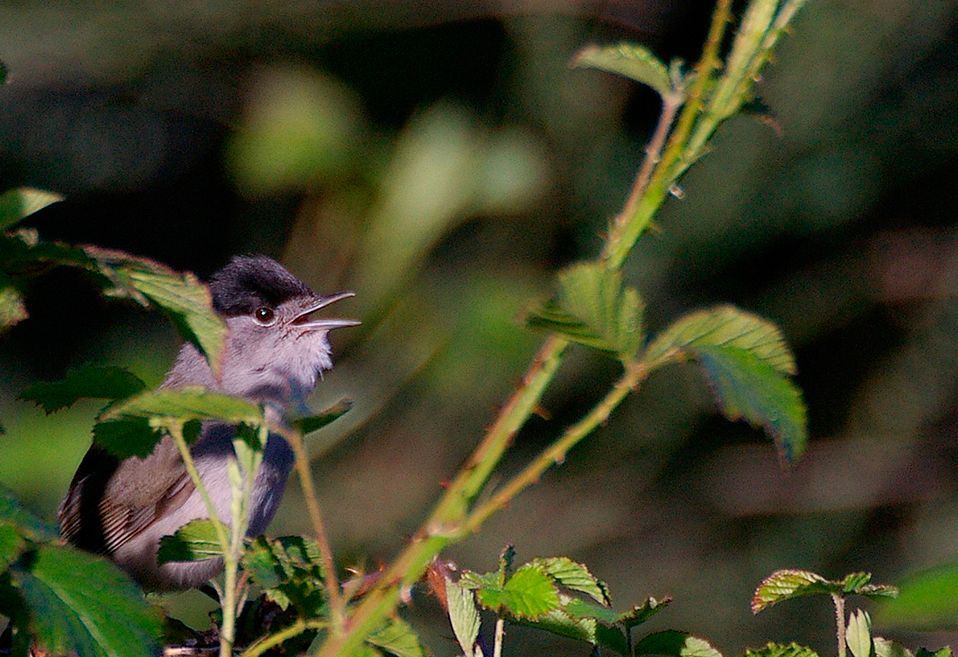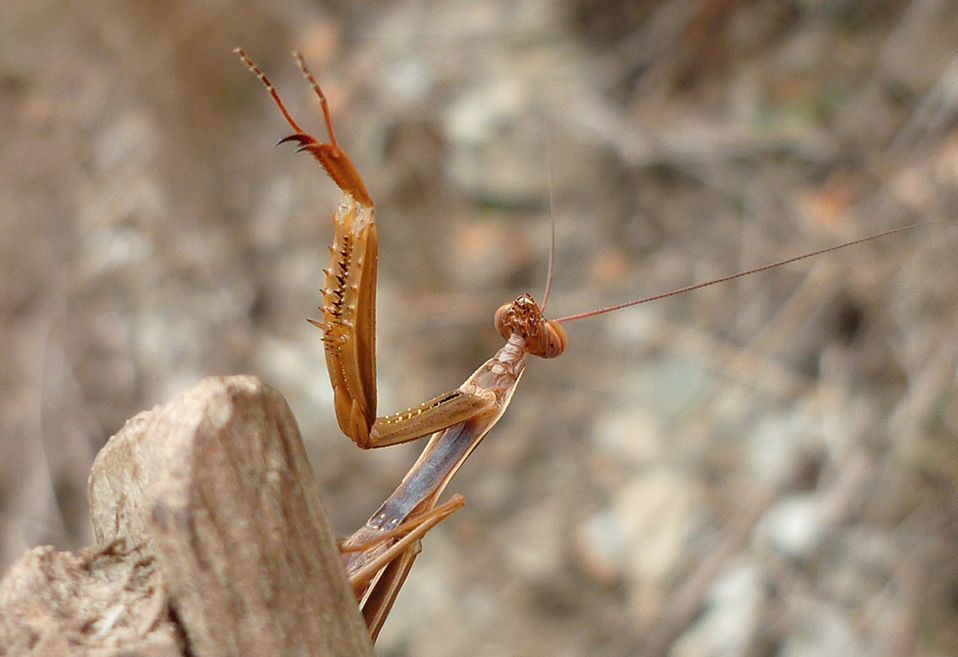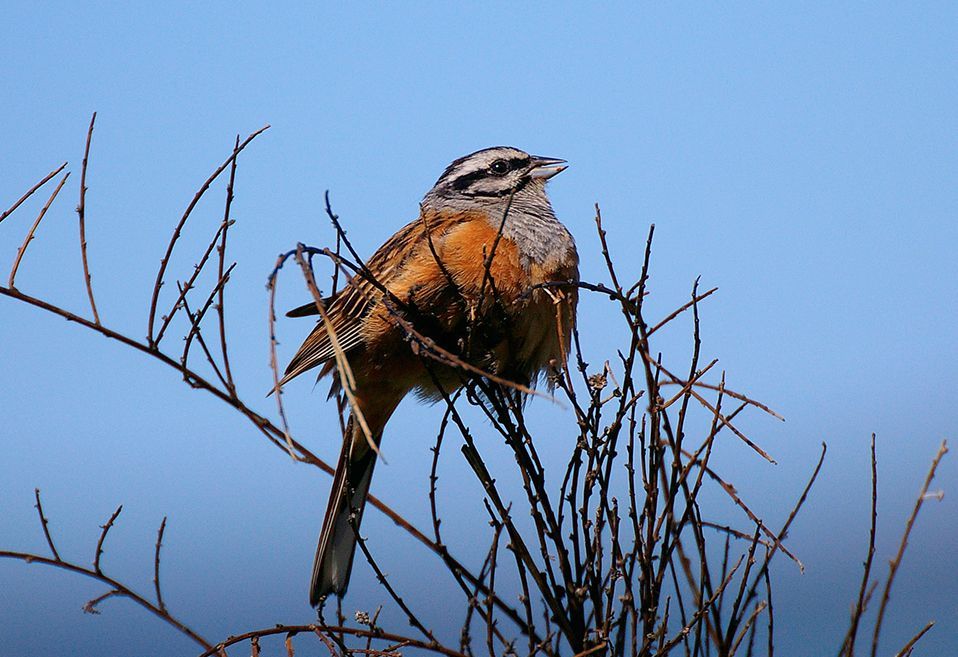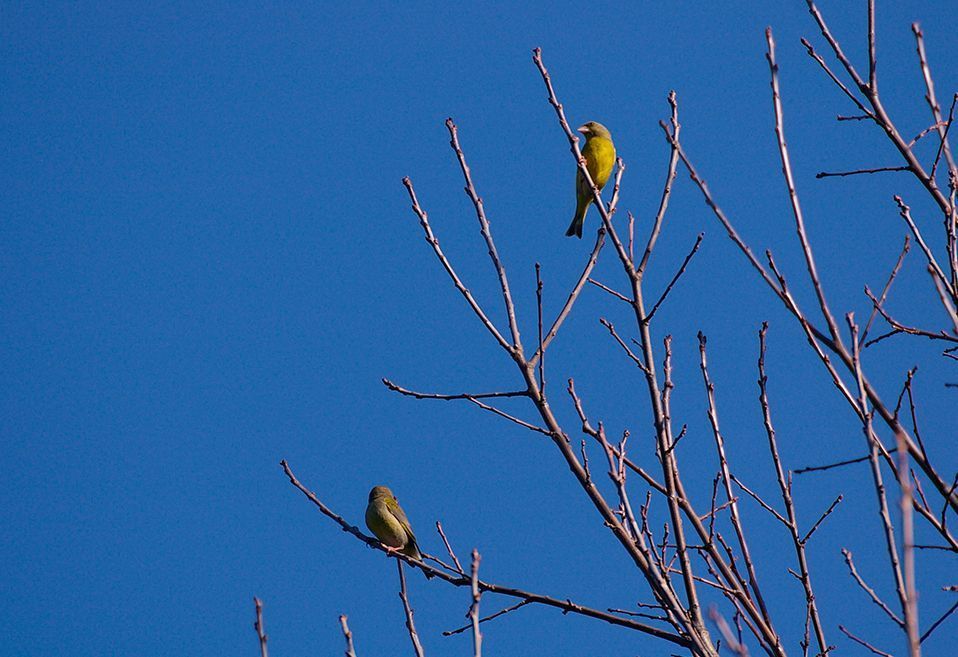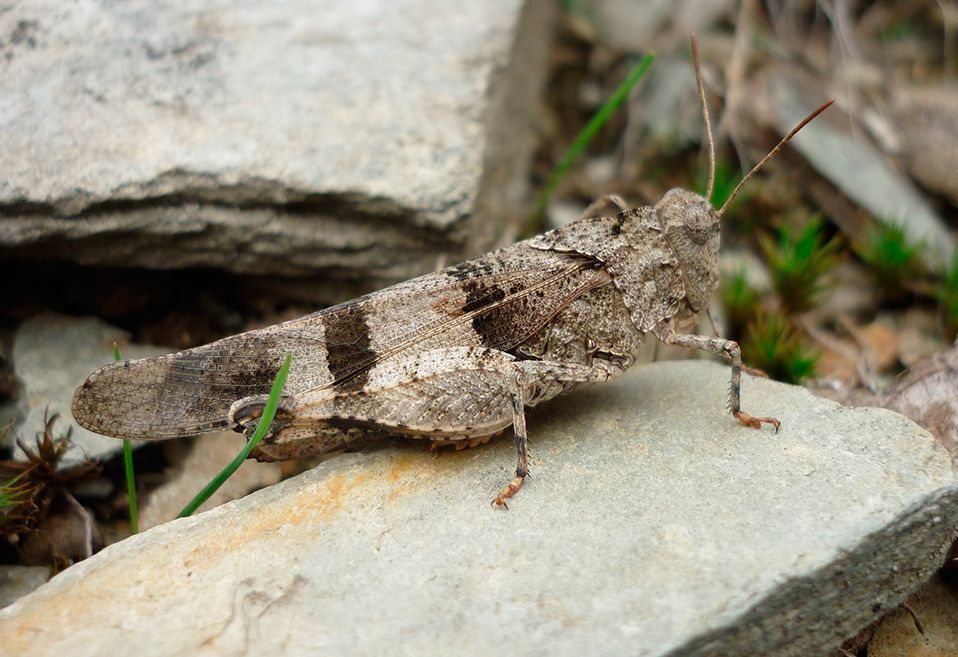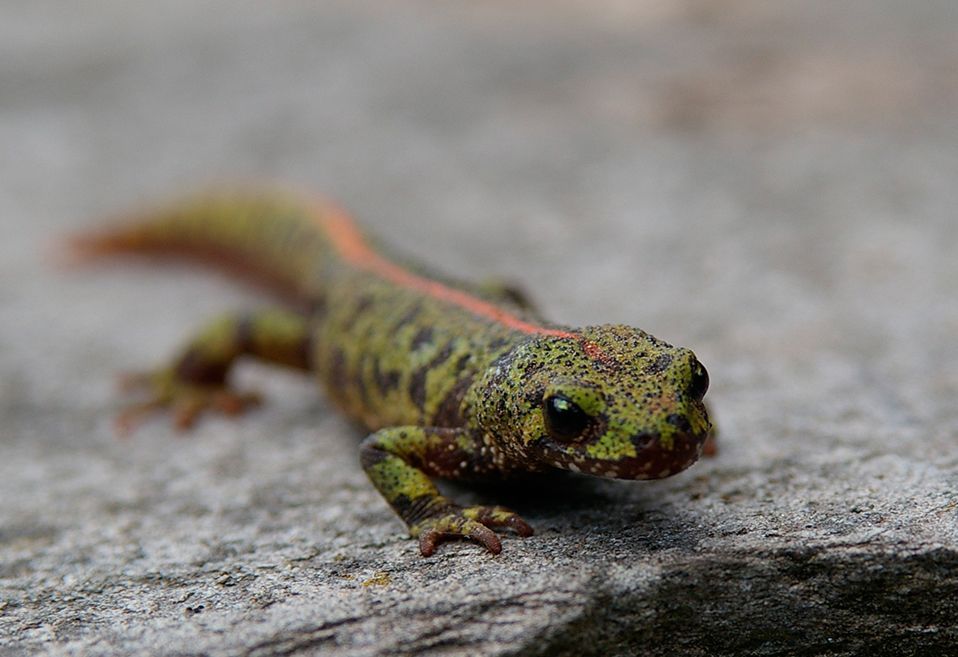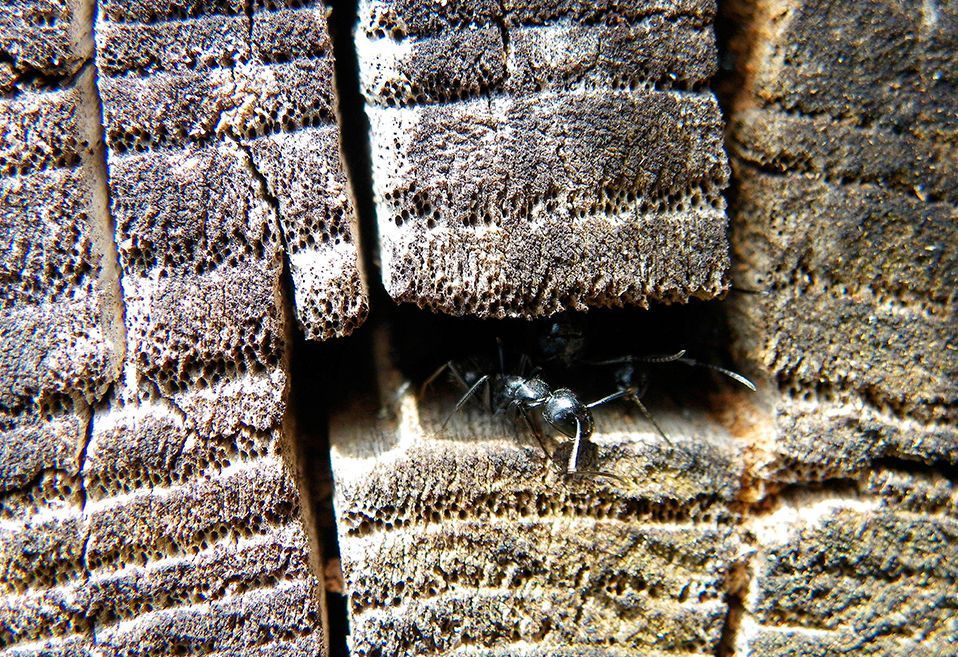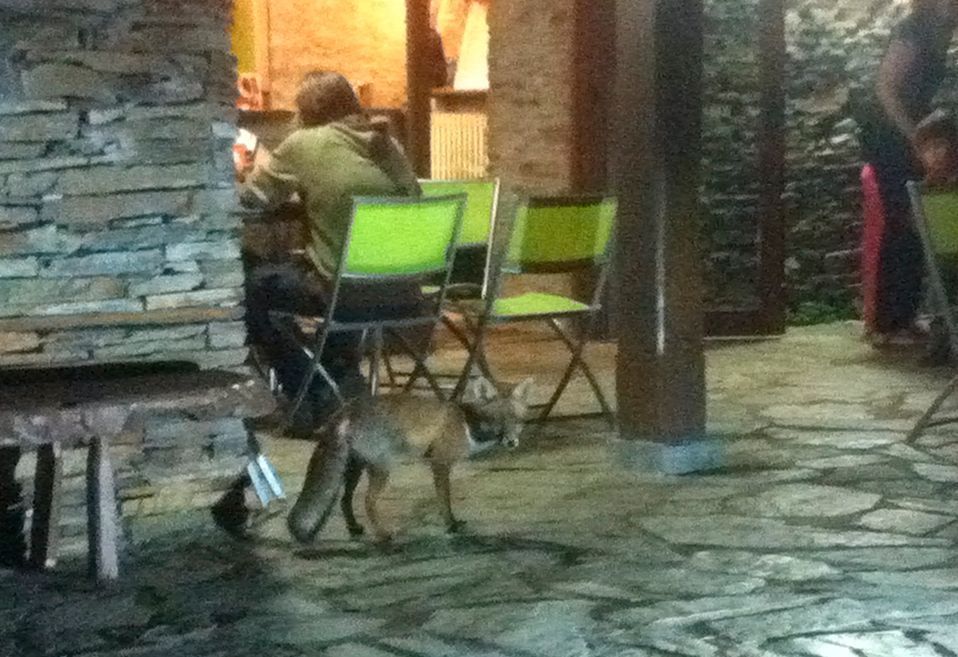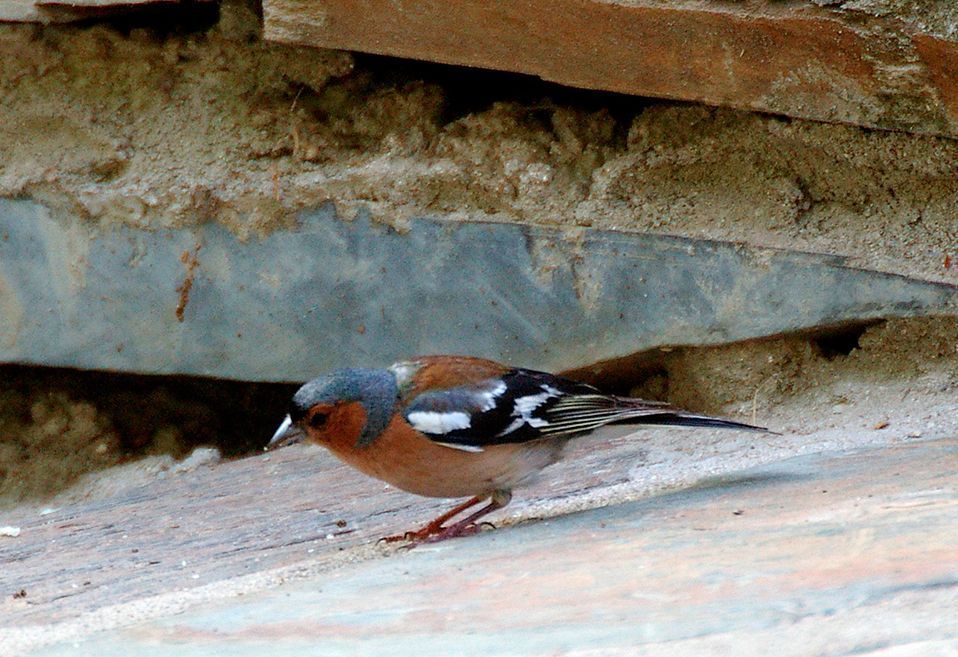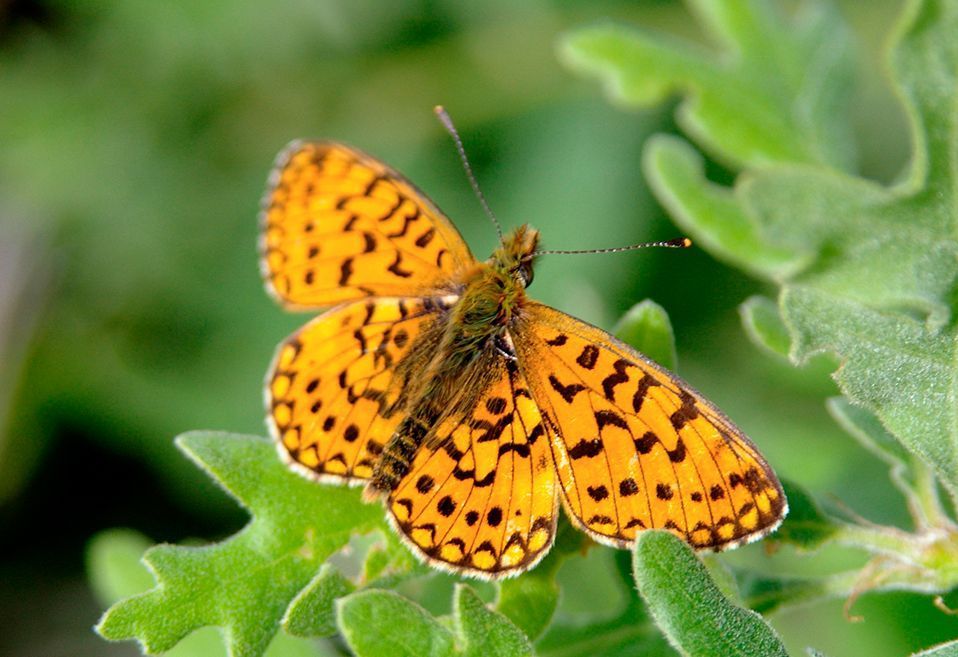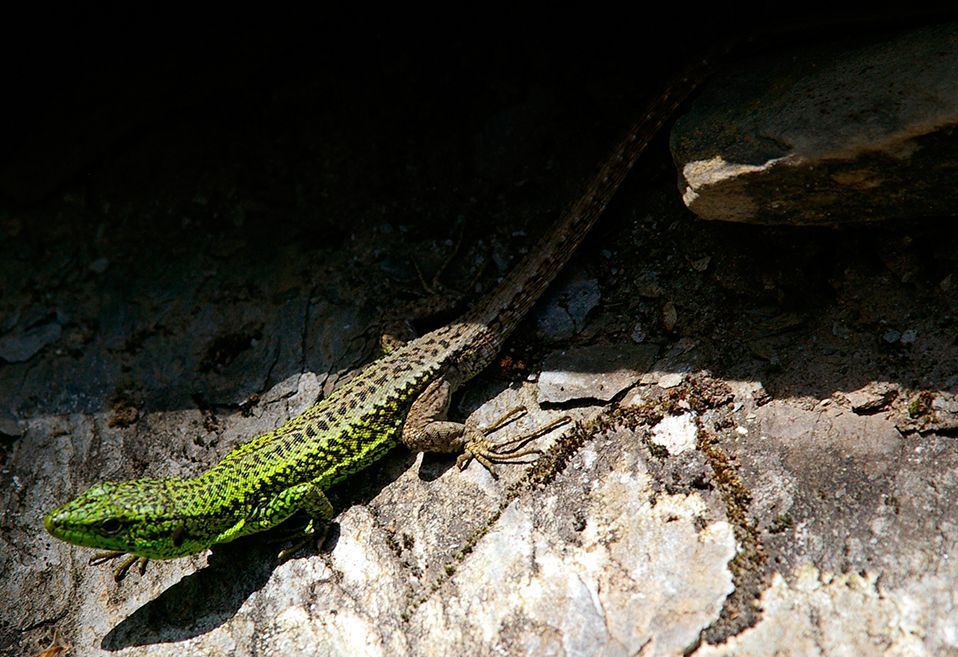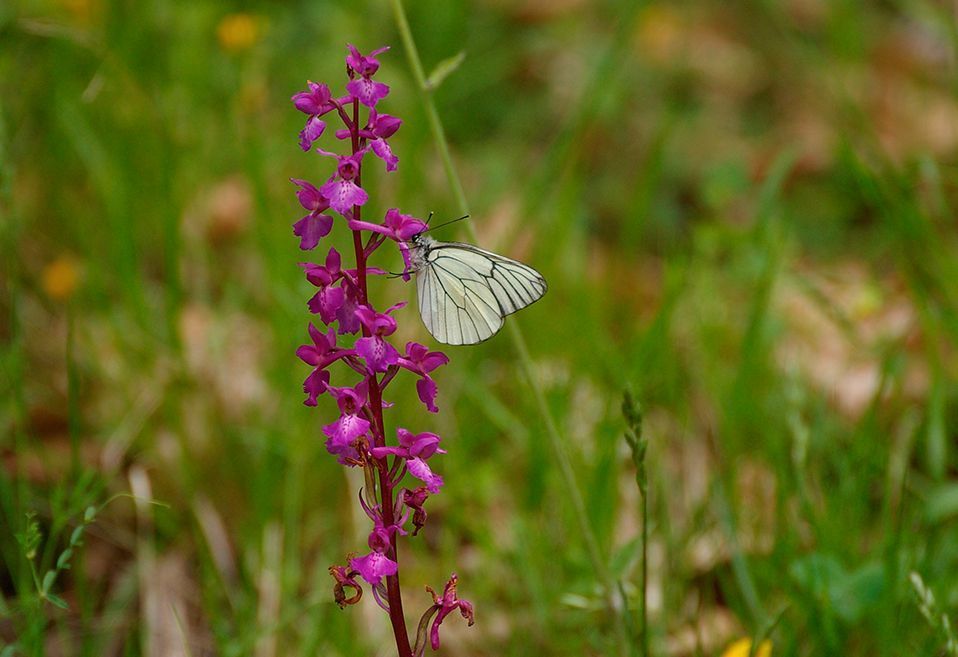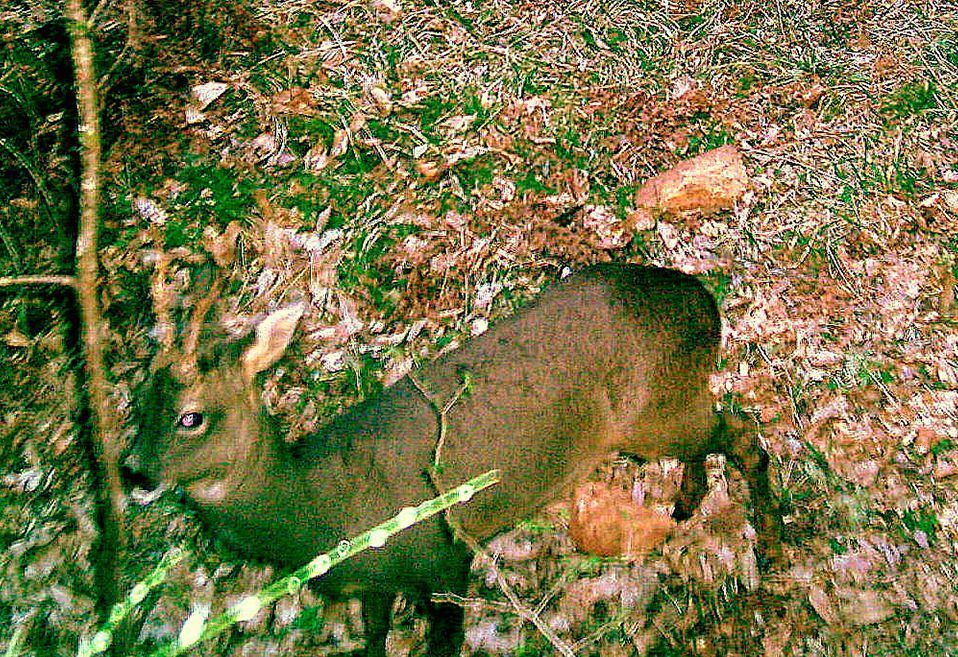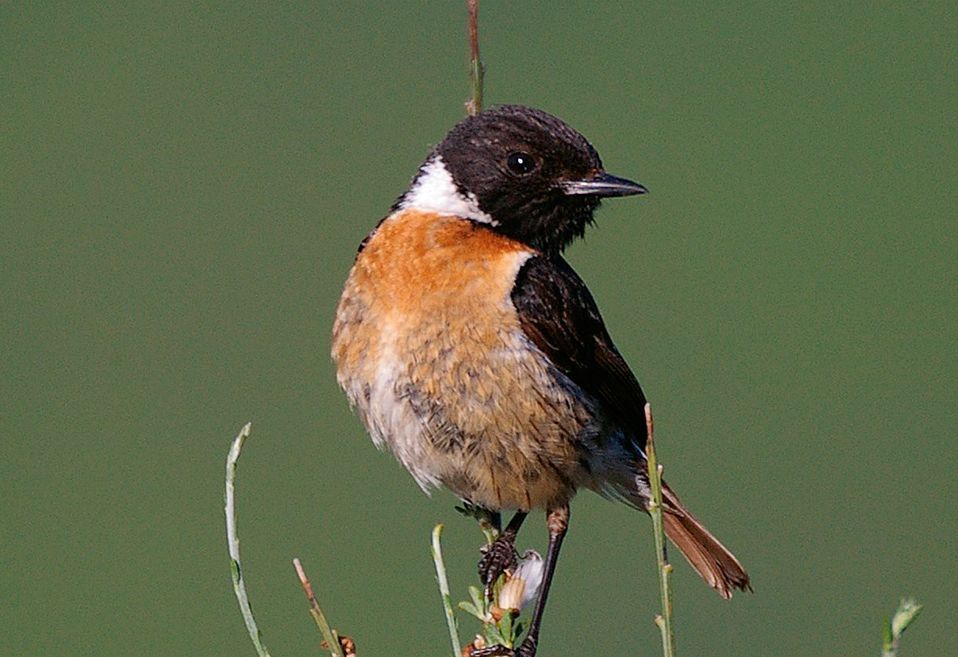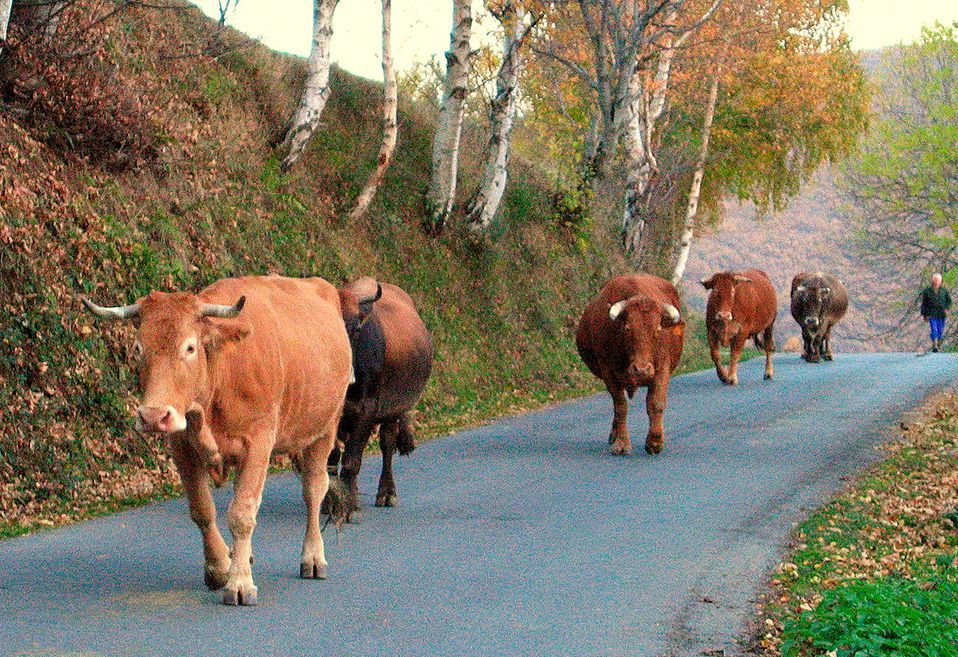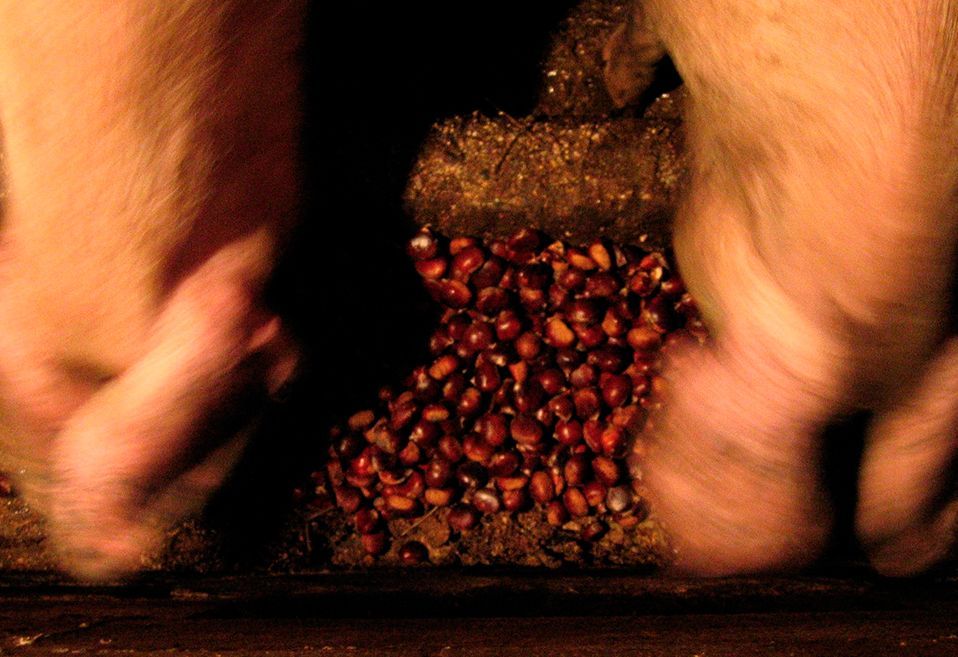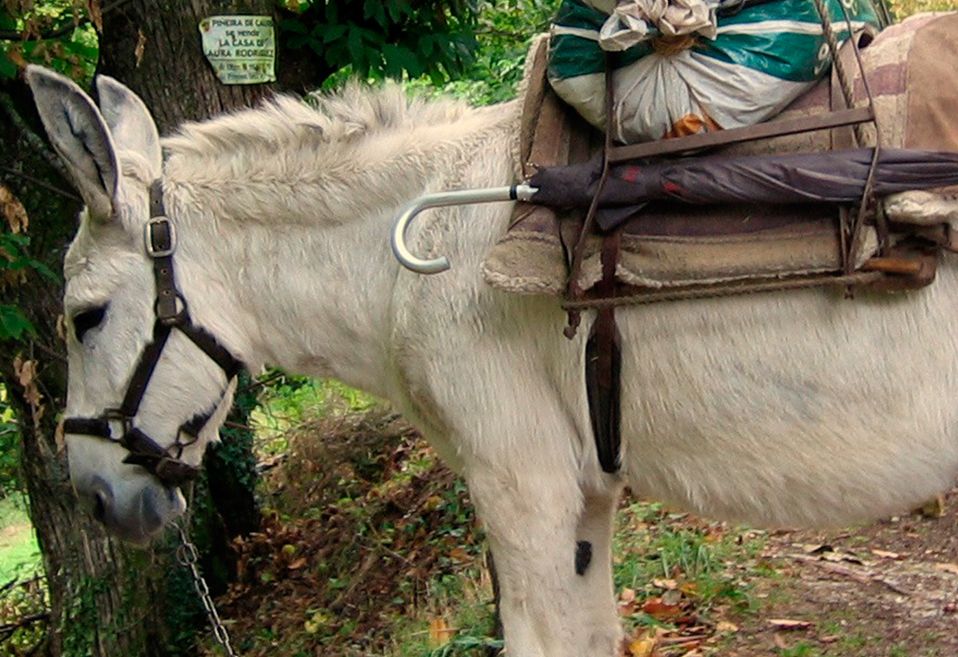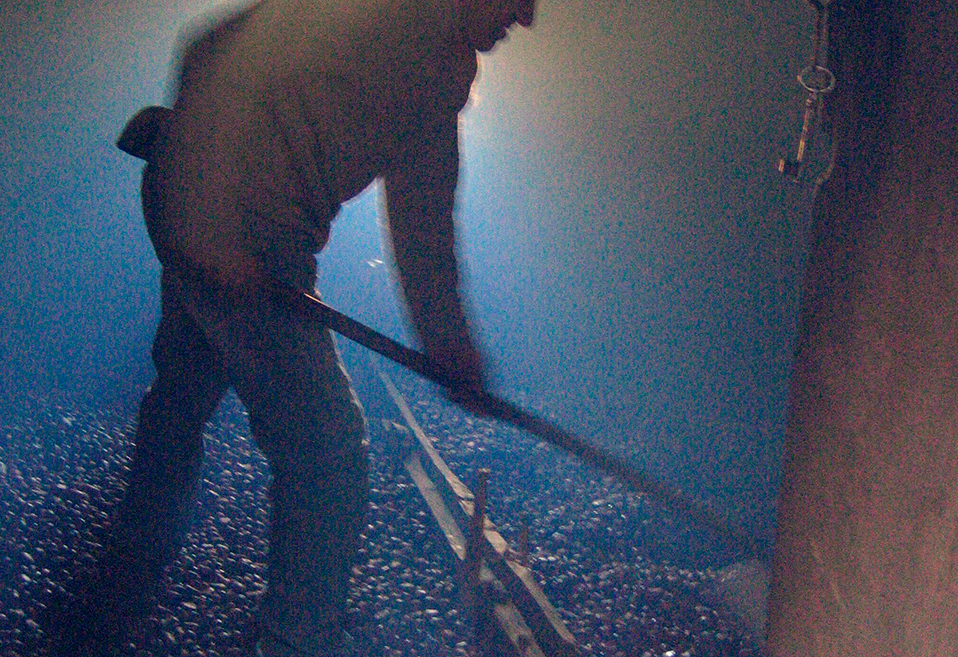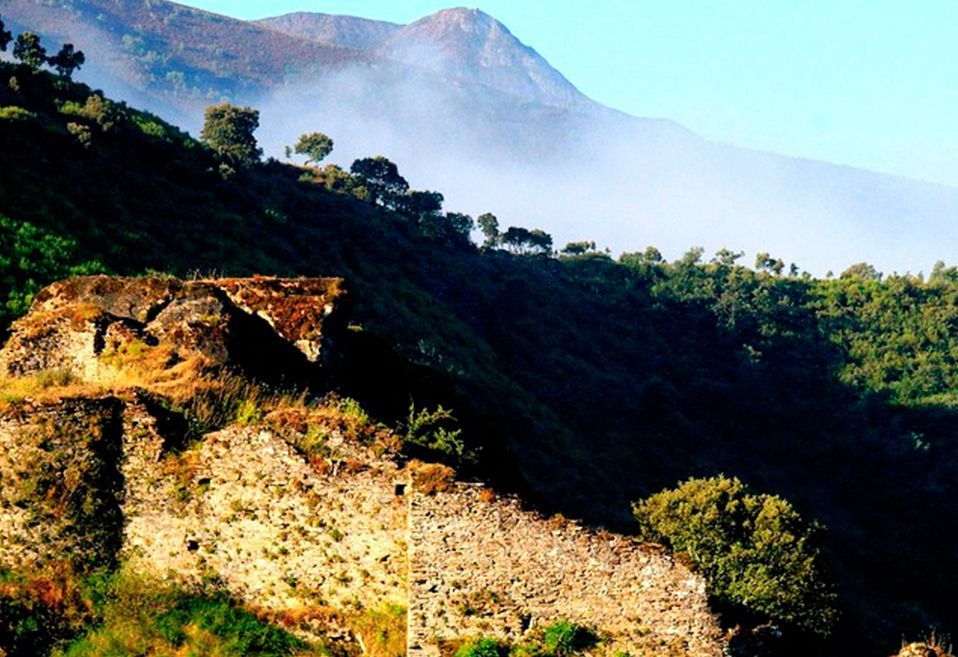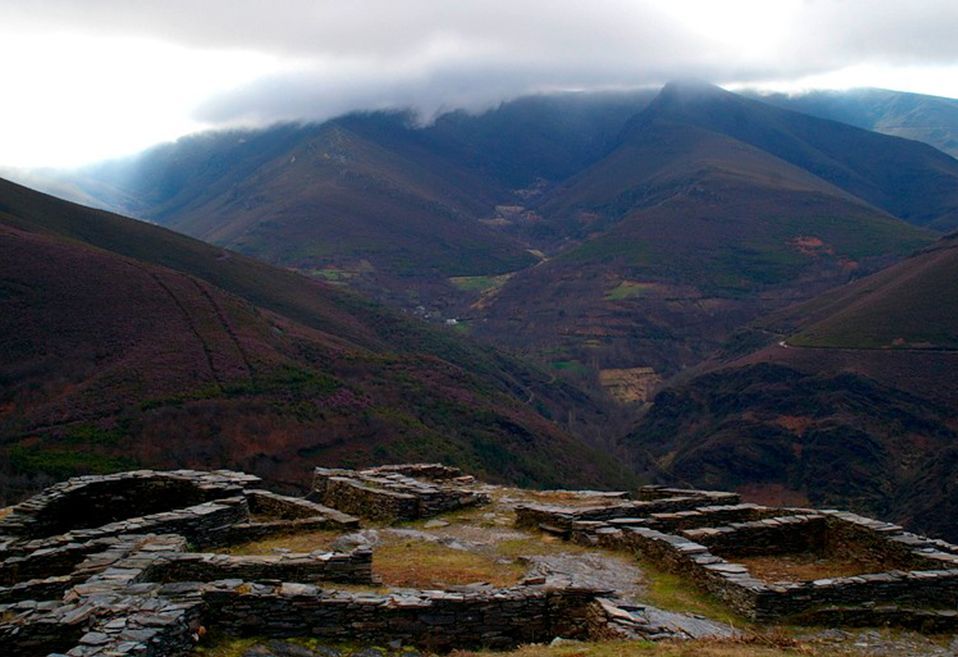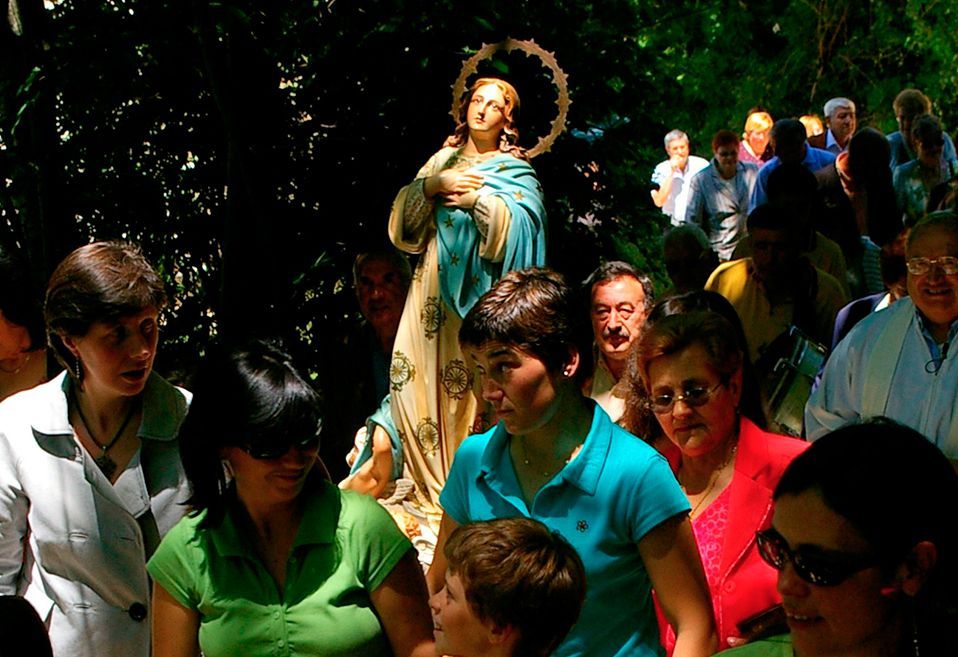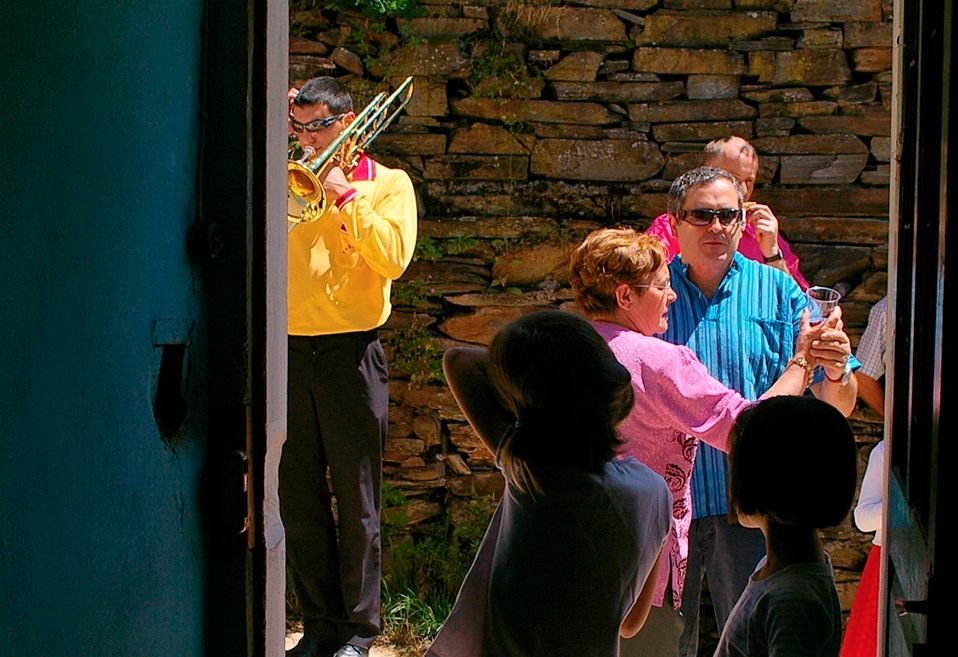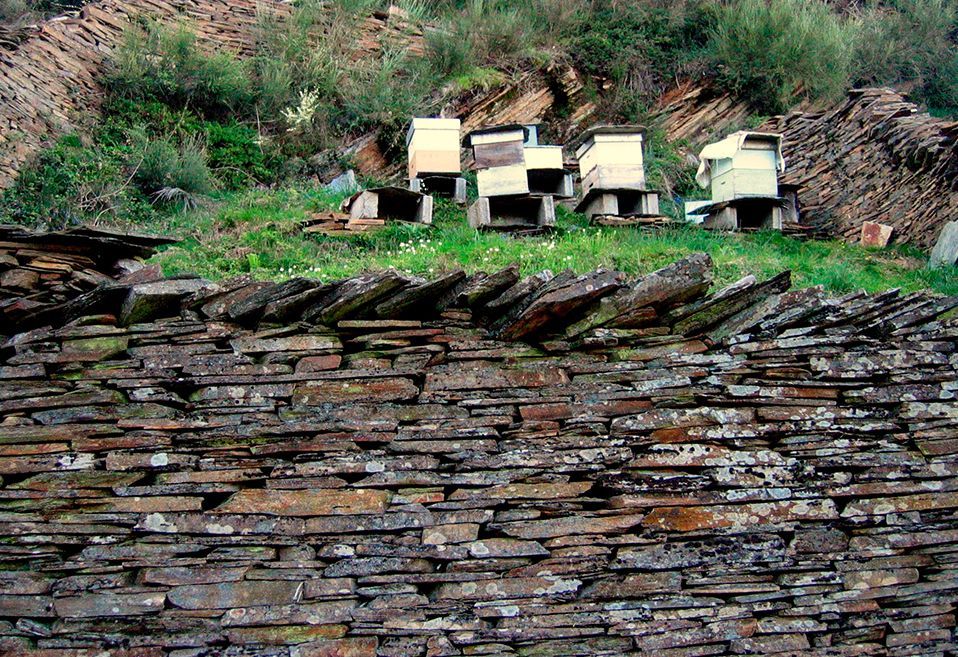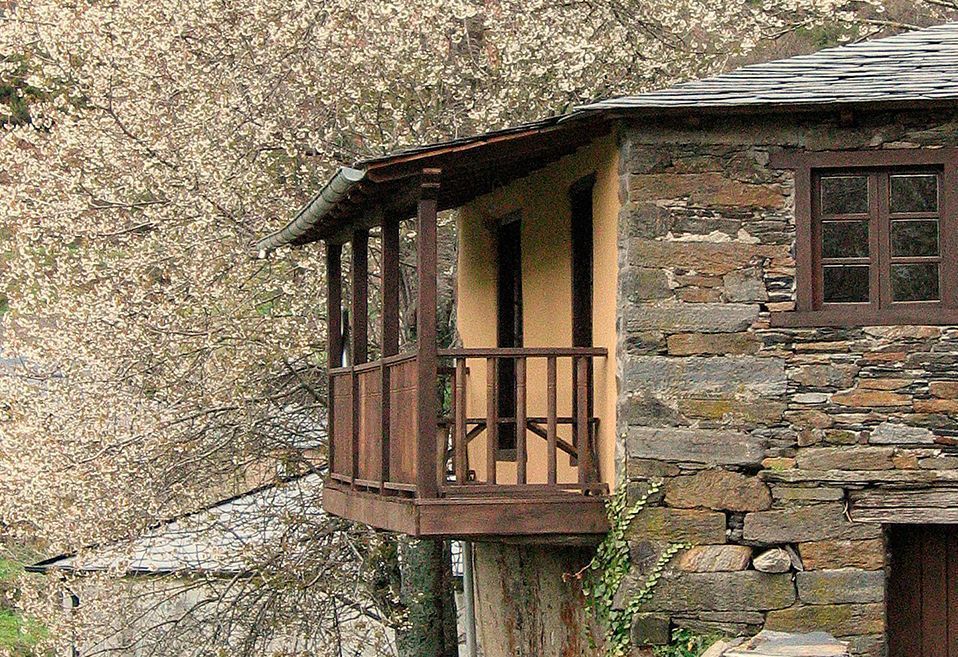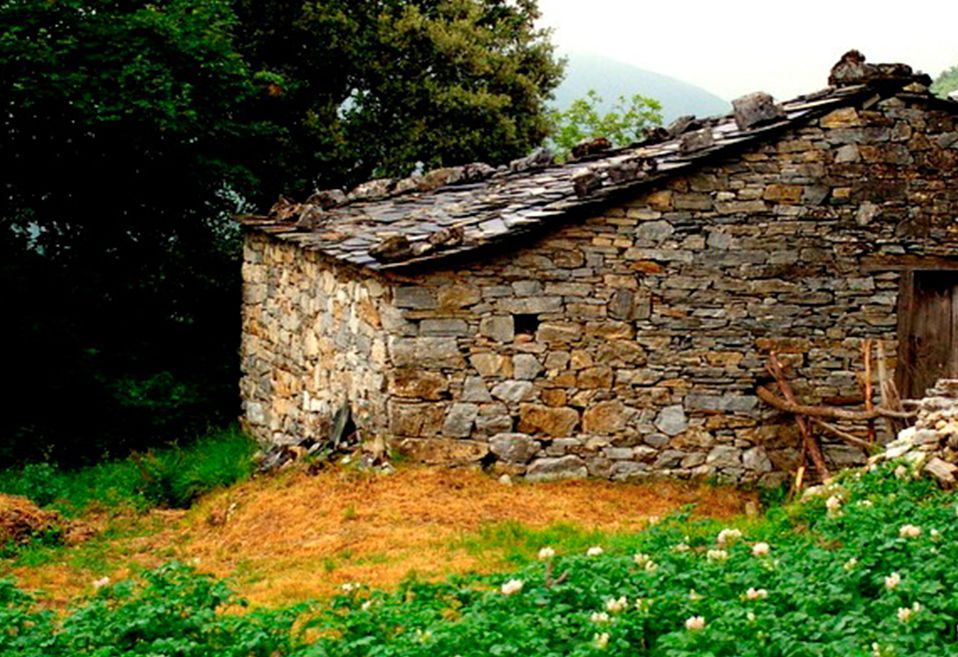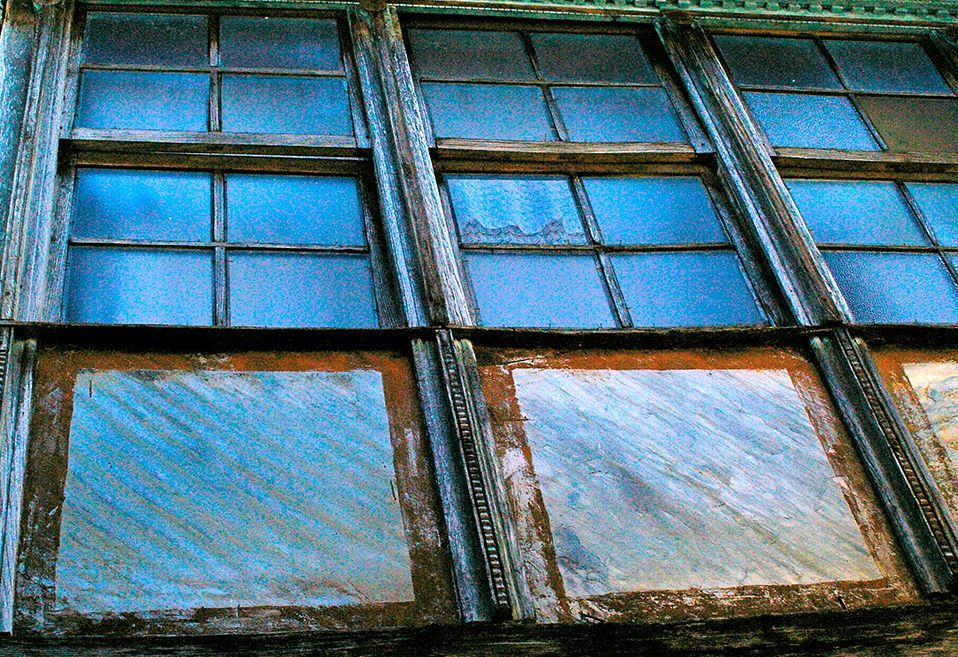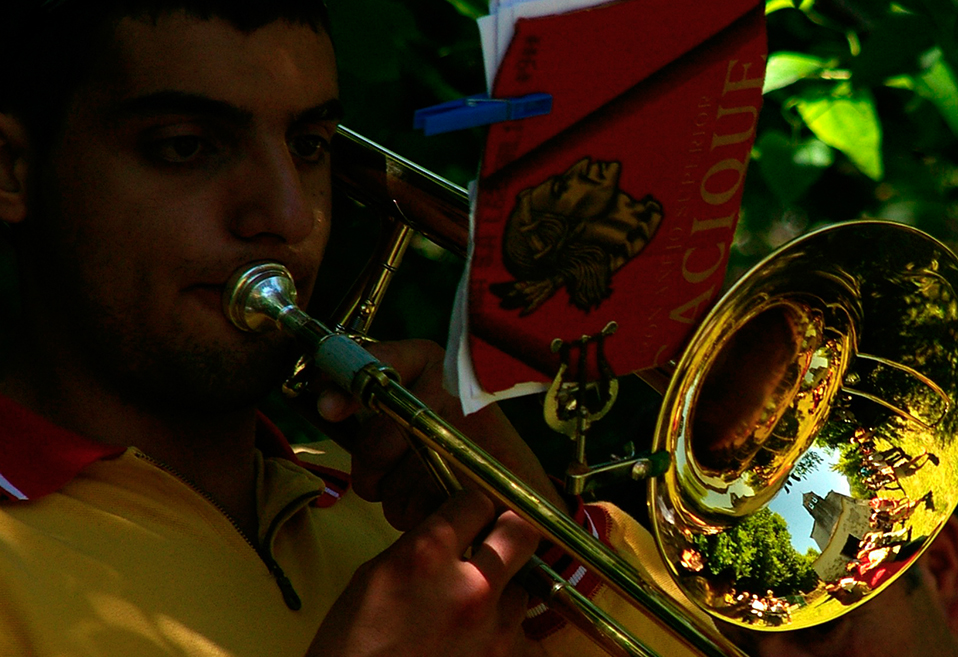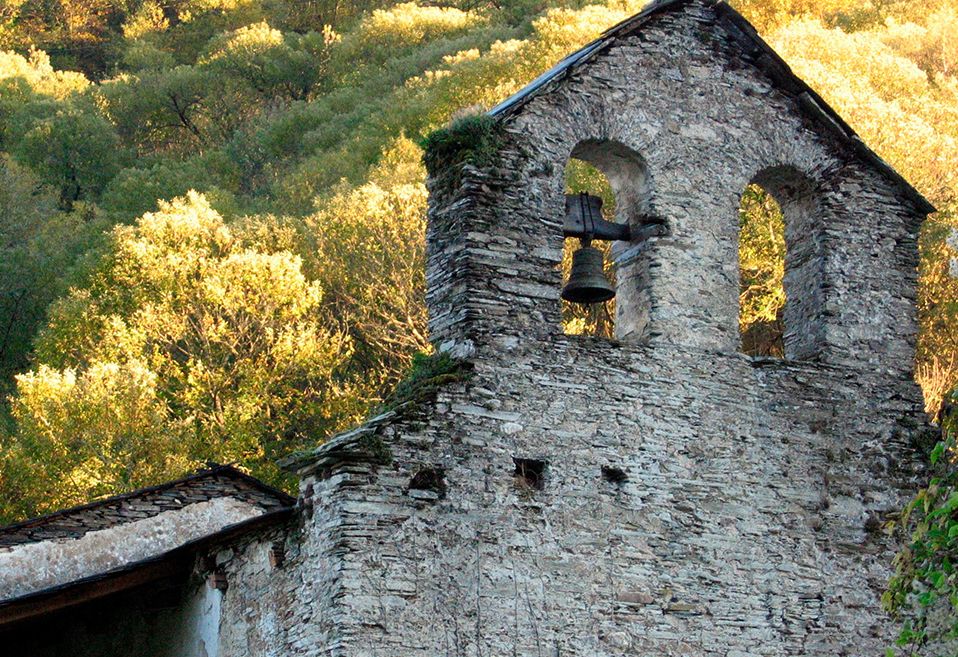NATURAL LANDSCAPE
“Anda o vento ceibe polos eidos
Con tódalas áas soltas
Empreña os castiñeiros
Ripa as lousas dos teitos
Escachafoula nas portas!”
Os Eidos
Uxío Novoneira
THE FORESTS
Forests cover a quarter of the Courel mountain range .These forests are made up of beech, chesnut , oak , cork oak, and birch trees.
The greatest exponent of the beech forest is the Devesa da Rogueira forest, one of the most biodiverse forests in Galicia. It has been declared a Natural Site of Tourist Interest. You can also see oak, hazelnut, holly or yew trees.
Chestnut forests have been planted around the villages of the Courel area. It is worth going to see Vilar, Mercurín or Padern. There are more than just forests. In spring the orchids, some of them native to the Courel and Bierzo areas, are in bloom everywhere and four protected reserves have been set up at Alto do Couto, Visuña, Mostaz and Pedrafita do Courel.
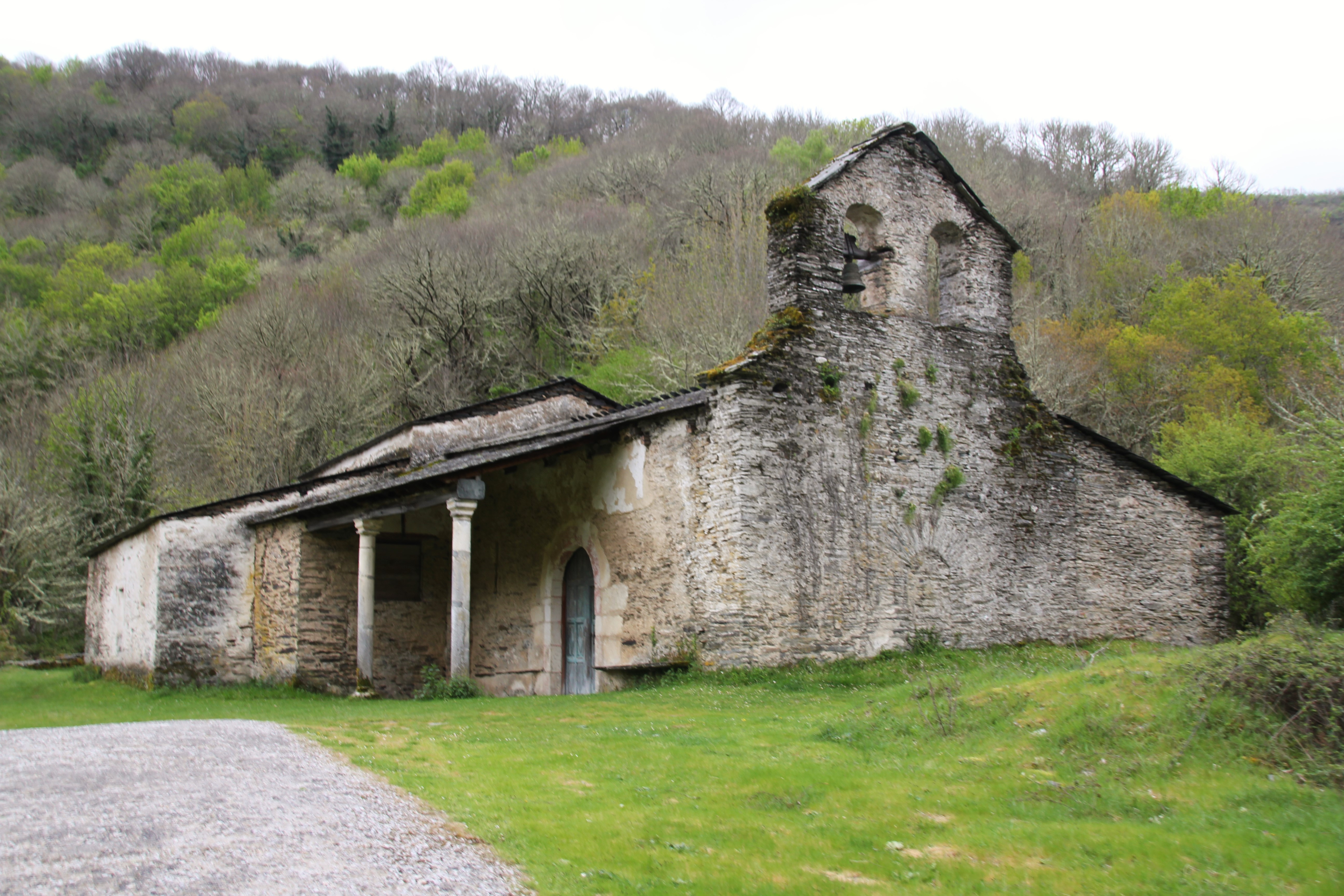
NOT TO BE MISSED
YOU CAN´T LEAVE THE COUREL AREA WITHOUT DOING 5 THINGS
1 Walk through Devesa da Rogueira, the northernmost beech forest in Europe.
2 Visit Fervenza de Vieiros (a waterfall) in winter or spring when the water is at it´s peak.
3 Val das Mouras near Mercurín. A great place to take kids to see the calcium carbonate formations.
4 Do the circular trail along the river Pequeño.
5 Visit the Campodola rift valley view point.This is one of the reasons why UNESCO declared the Courel Mountain range a world geopark.
FAUNA
CULTURAL HERITAGE
Man has been present in the Courel area for many centuries and this can be seen in the small villages scattered around the mountainside. Man´s presence can be seen in the fortified settlements called “castros”, the Tower settlement is the best preserved example. There are others too, like the settlement in Brio, the one in Romeor ,in Vilamor or the one in Vilar which is set in spectacular surroundings.
The smithies are proof of an important iron industry dating back to the Middle Ages. Their toponyms are found in the area: Ferrería Nova, Ferreirós, Ferramulín, Ferrería Vella…(* ferro meaning iron)
In the Romeor tunnel which dates from the 3rd century AD, we can see the techniques used by the Romans in their search for precious gold in the nearby Médulas or in Montefurado on the river Sil.
The villages consist of houses clustered together with their slate roofs and outdoor balcony-like corridors. Some of them like Froxán and Seceda have been totally restored and declared villages of Cultural Interest.
As a result of depopulation in the Courel area during the second half of the 20th century, many villages were left practically without inhabitants, the schools had no children and the market and fair days came to an end.
But, the Courel area has a future. Little by little young people are settling down in the area and a small tourist industry (rural tourism and tourism centered on the mountains) is on the rise . New taverns are opening up and human activity is alive in the area.
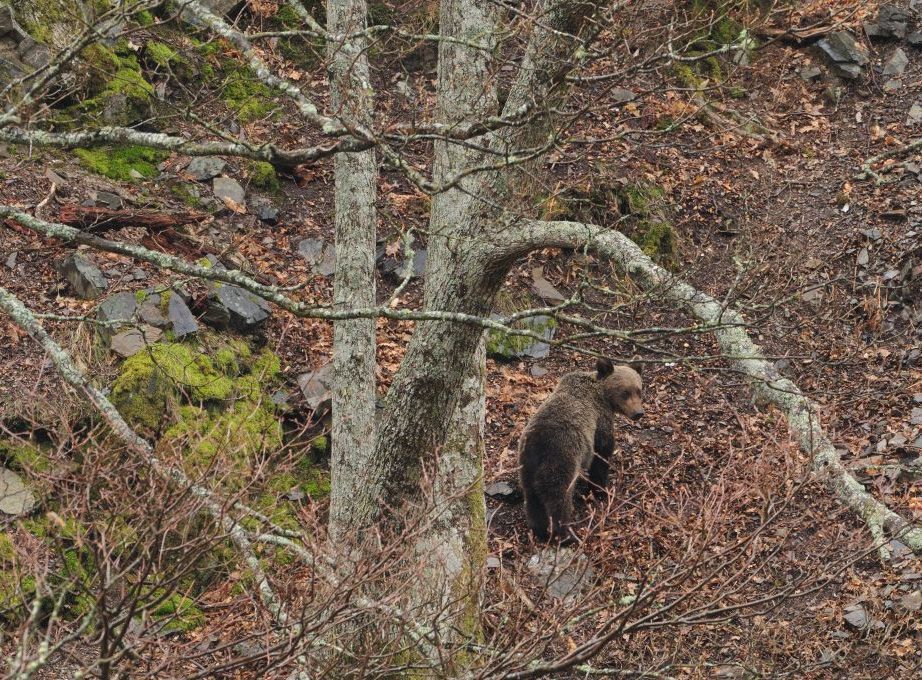
Fotografía: Fundación Oso Pardo
THE BEAR
Alvarizas or abellarizas are round circular enclosed stone constructions with a small door leading into the interior; The walls were built using a dry stone technique and could reach a height of 3 metres. They were built to protect beehives from bears.These mammals were found very frequently in the Courel moutain range until the end of the X1X century. Most of structures are abandoned and in ruins but in recent years some are being uncovered and rebuilt because bears are returning to the Courel area.
There have been more than130 records of bears in the mountain range since 2015: some were seen , others were detected due to hair or excrement remains and others were detected because they attacked the beehives. Even so, these were sporadic visits made by young male bears from the Lugo Ancares mountain range and the Leon Ancares mountain range.
The Courel Life Bear project has partially favoured the return of bears. The project which has been running from 2017 to 2020 aims to “promote the long-term conservation of the Cantabrian bear population, facilitating its new expansion, and addressing aspects such as the availability of food, the prevention of potential conflicts between bears and human activity and providing information and awareness about local protection”
Fotografía: Fundación Oso Pardo
THE BEAR
Alvarizas or abellarizas are round circular enclosed stone constructions with a small door leading into the interior; The walls were built using a dry stone technique and could reach a height of 3 metres. They were built to protect beehives from bears.These mammals were found very frequently in the Courel moutain range until the end of the X1X century. Most of structures are abandoned and in ruins but in recent years some are being uncovered and rebuilt because bears are returning to the Courel area.
There have been more than130 records of bears in the mountain range since 2015: some were seen , others were detected due to hair or excrement remains and others were detected because they attacked the beehives. Even so, these were sporadic visits made by young male bears from the Lugo Ancares mountain range and the Leon Ancares mountain range.
The Courel Life Bear project has partially favoured the return of bears. The project which has been running from 2017 to 2020 aims to “promote the long-term conservation of the Cantabrian bear population, facilitating its new expansion, and addressing aspects such as the availability of food, the prevention of potential conflicts between bears and human activity and providing information and awareness about local protection”
5 ESSENTIAL THINGS RELATED TO THE CULTURAL HERITAGE OF THE COUREL AREA
1 Visit the villages of Seceda and Froxán
2 Take part in the Eidos Festival (in summer and autumn) organized by the Uxío Novoneira foundation.
3 Go to Castro de Vilar and visit the Xan de Vilar ethnographic museum .
4 Don´t miss the chesnut festival (alternating annually between Folgoso and Seoane) and the Pisa festival in Froxán.
5 Read or reread Uxio Novaneira and María Mariño ´s poetry, Courel poets , whose work can be found in the campsite library.
OPENING TIMES
1 APRIL – 10 DECEMBER
We are open every weekend and Spanish bank holiday weekends.
30 JUNE – 9 SEPTEMBER
Full – time opening
EASTER
Full – time opening
11 DECEMBER – 1 APRIL
Closed





